
Cesarean section
What you need to know about Cesarean section
An educational
initiative
supported by

Written by experienced doctors, midwives and other medical professionals – and approved by a specialist Editorial Board
Enhancing the Welfare of Women
Expert Health Information for Women
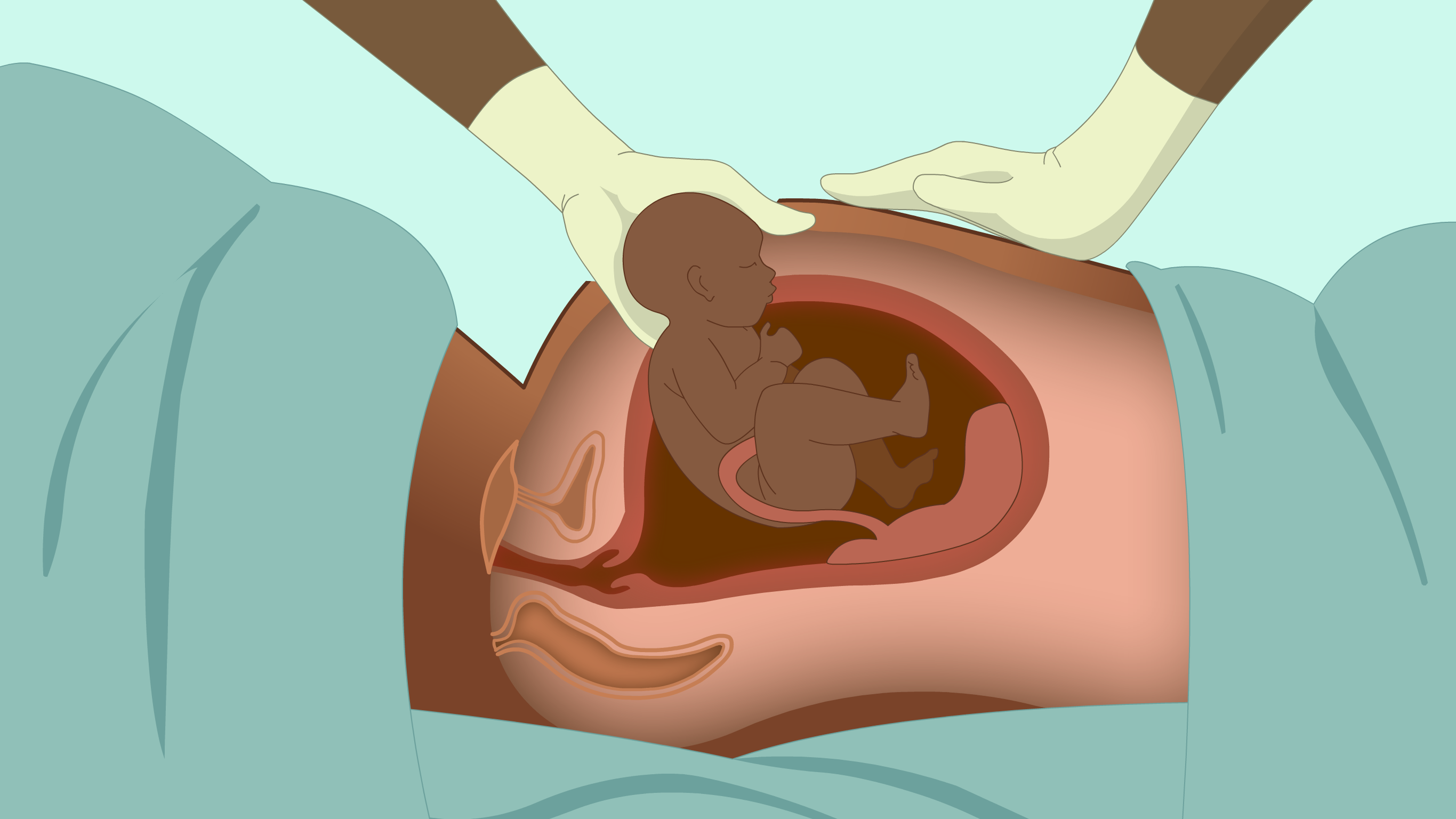

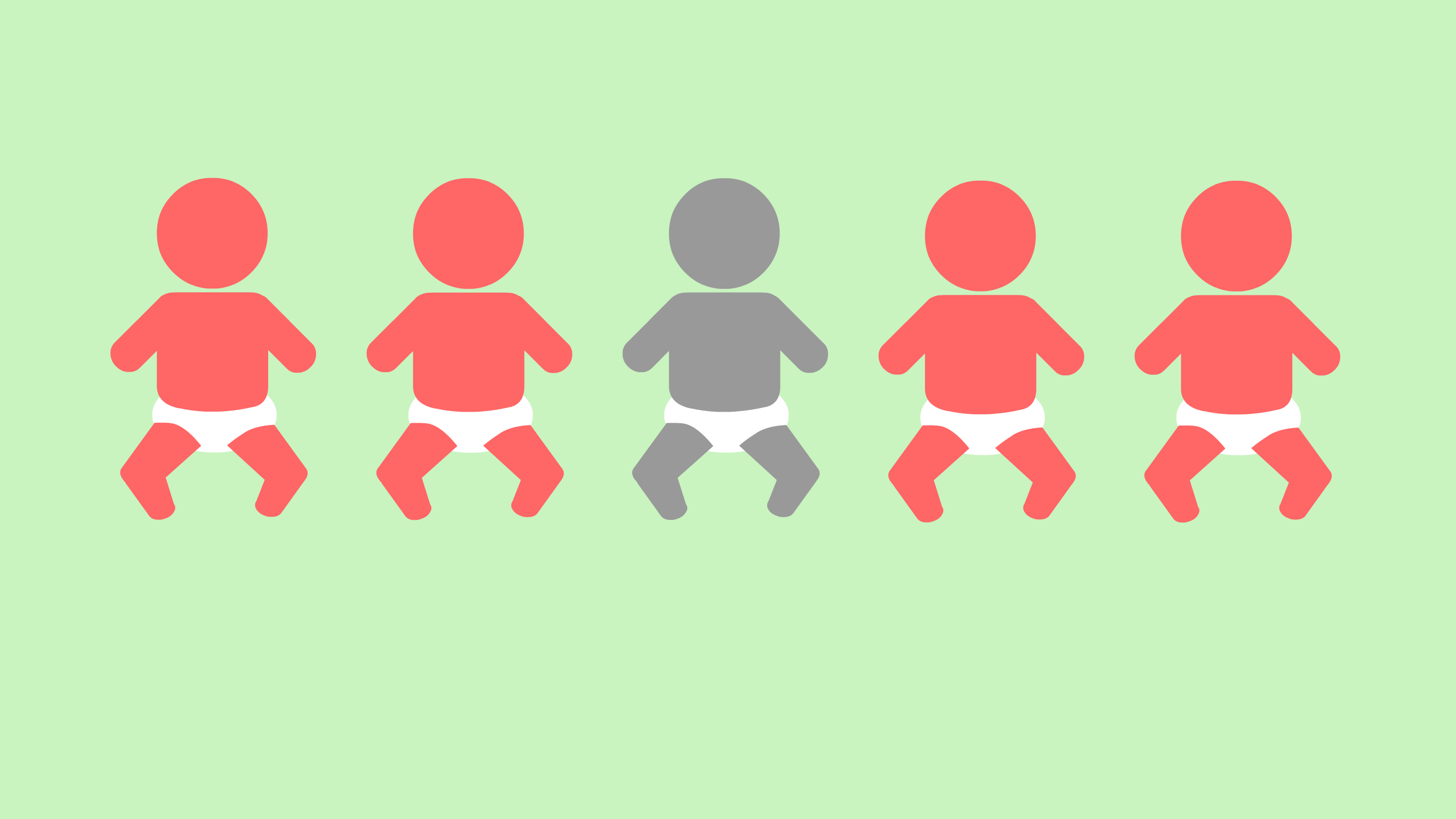


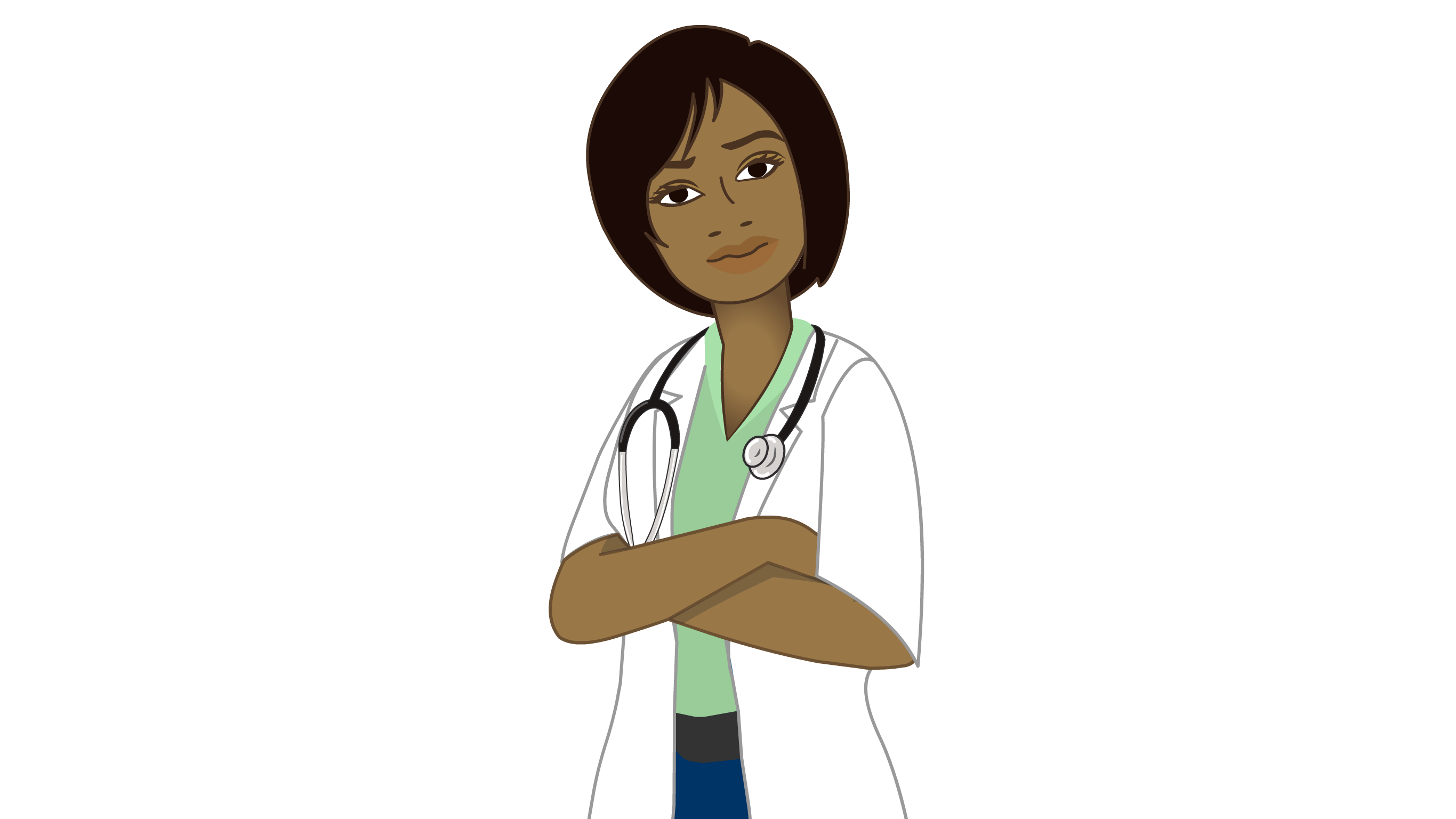

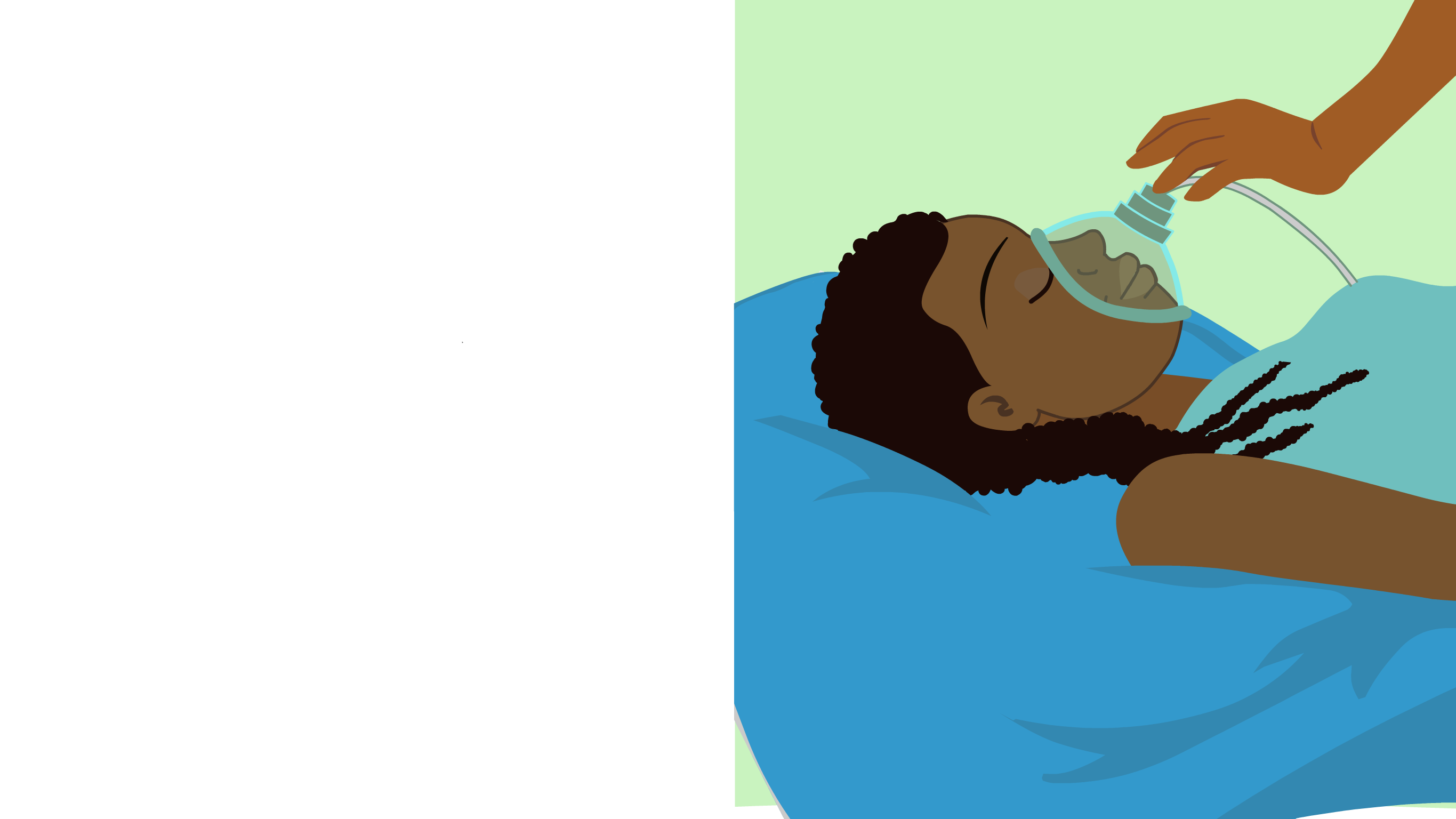
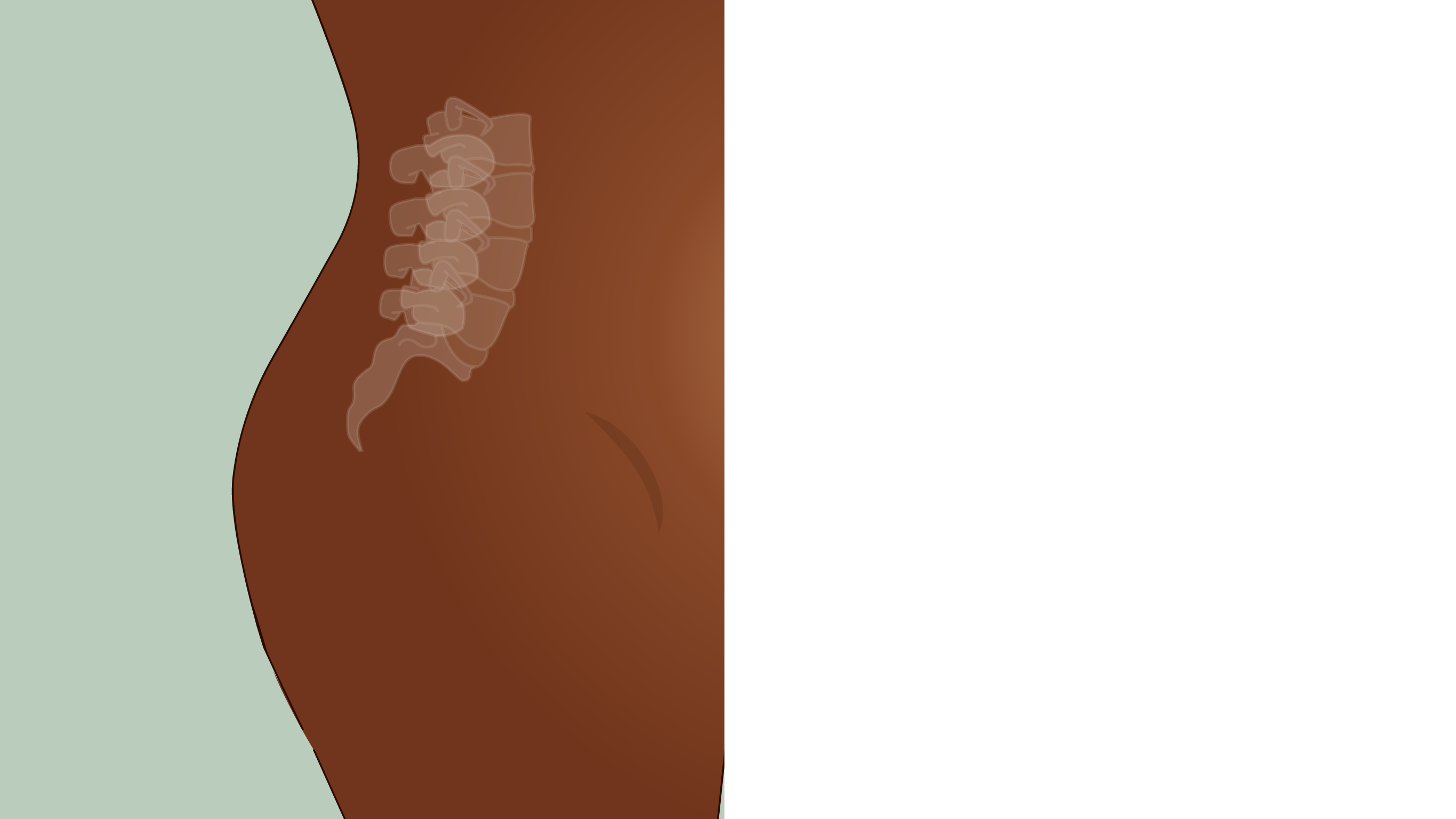
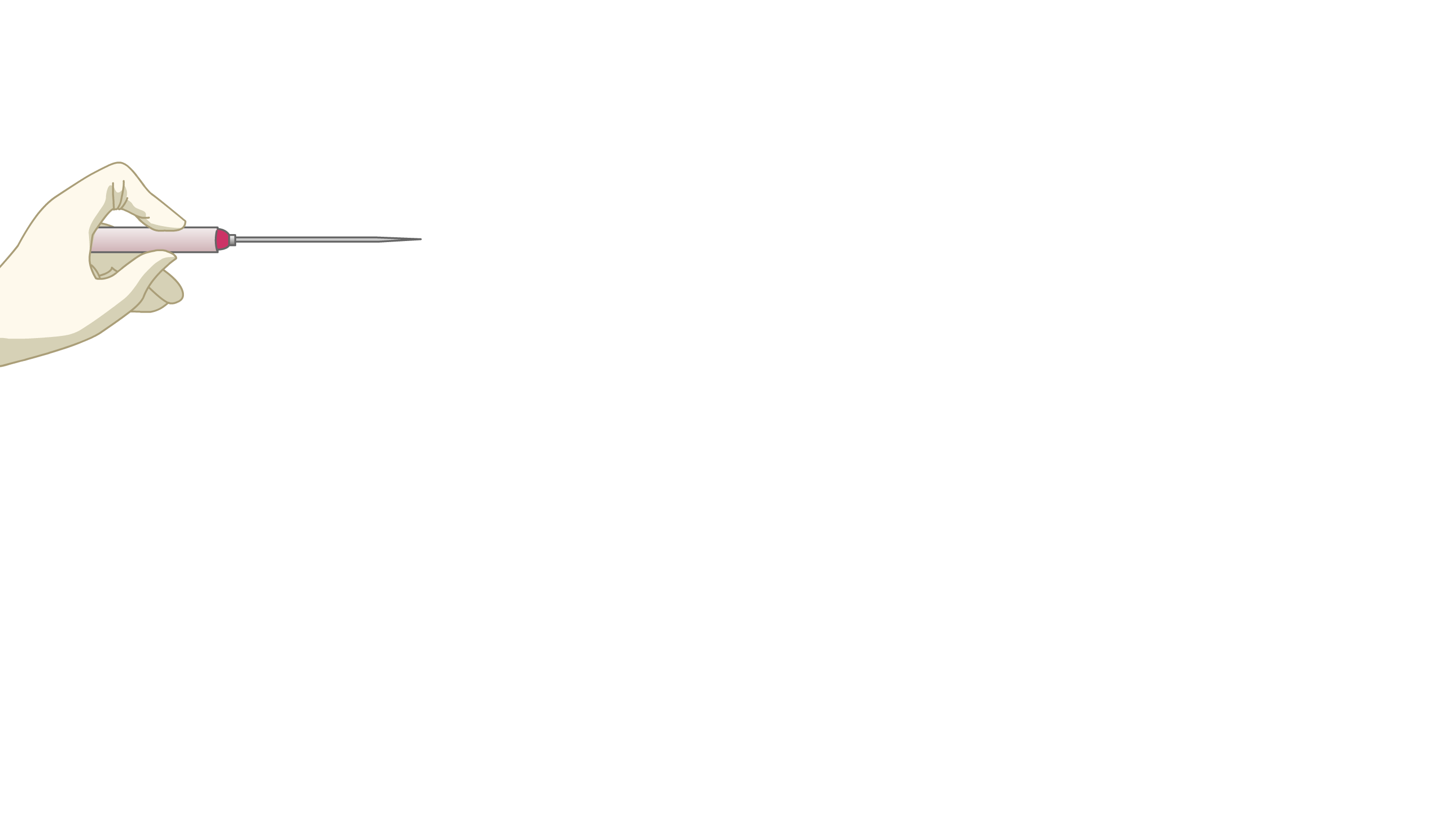

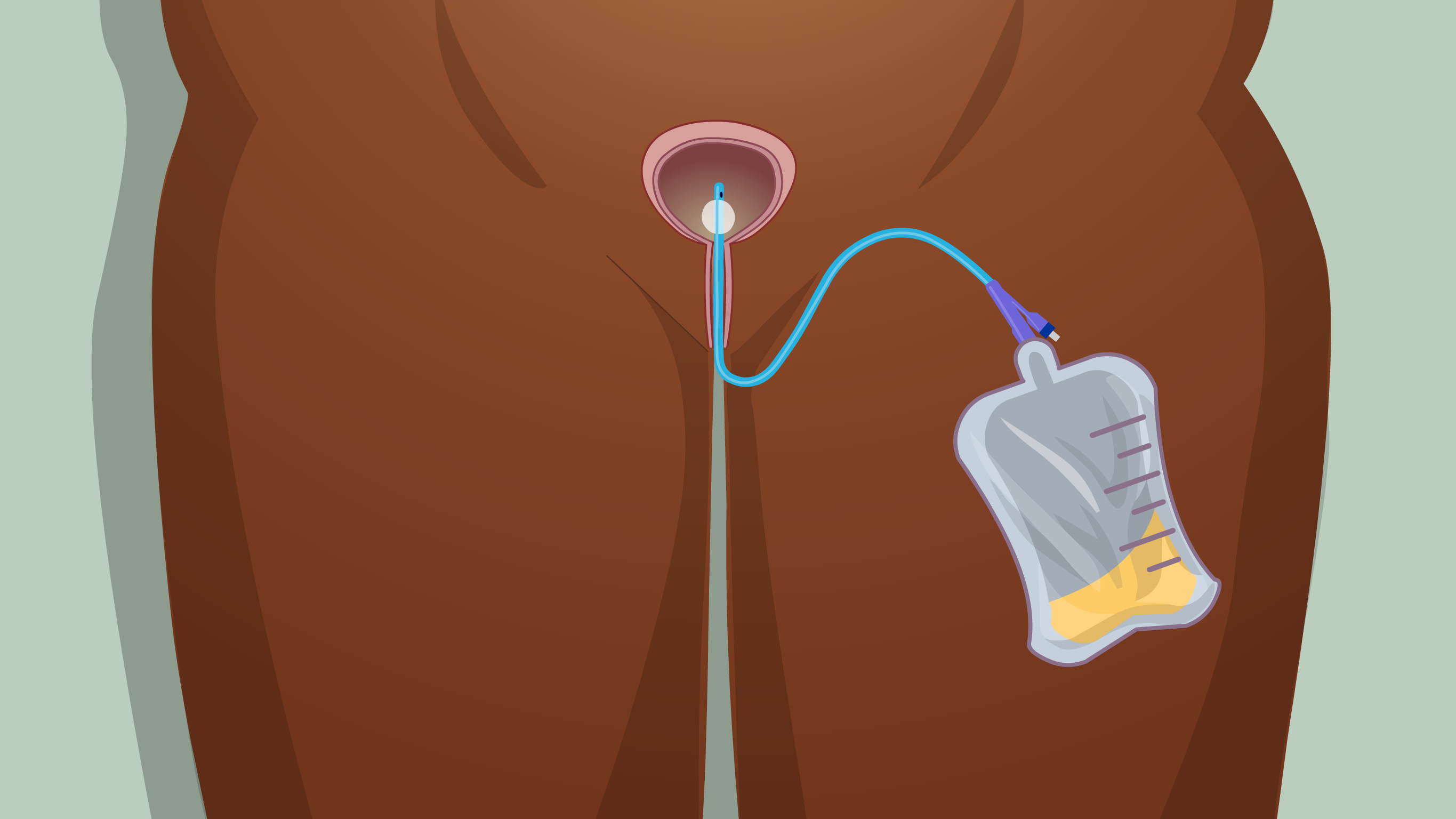


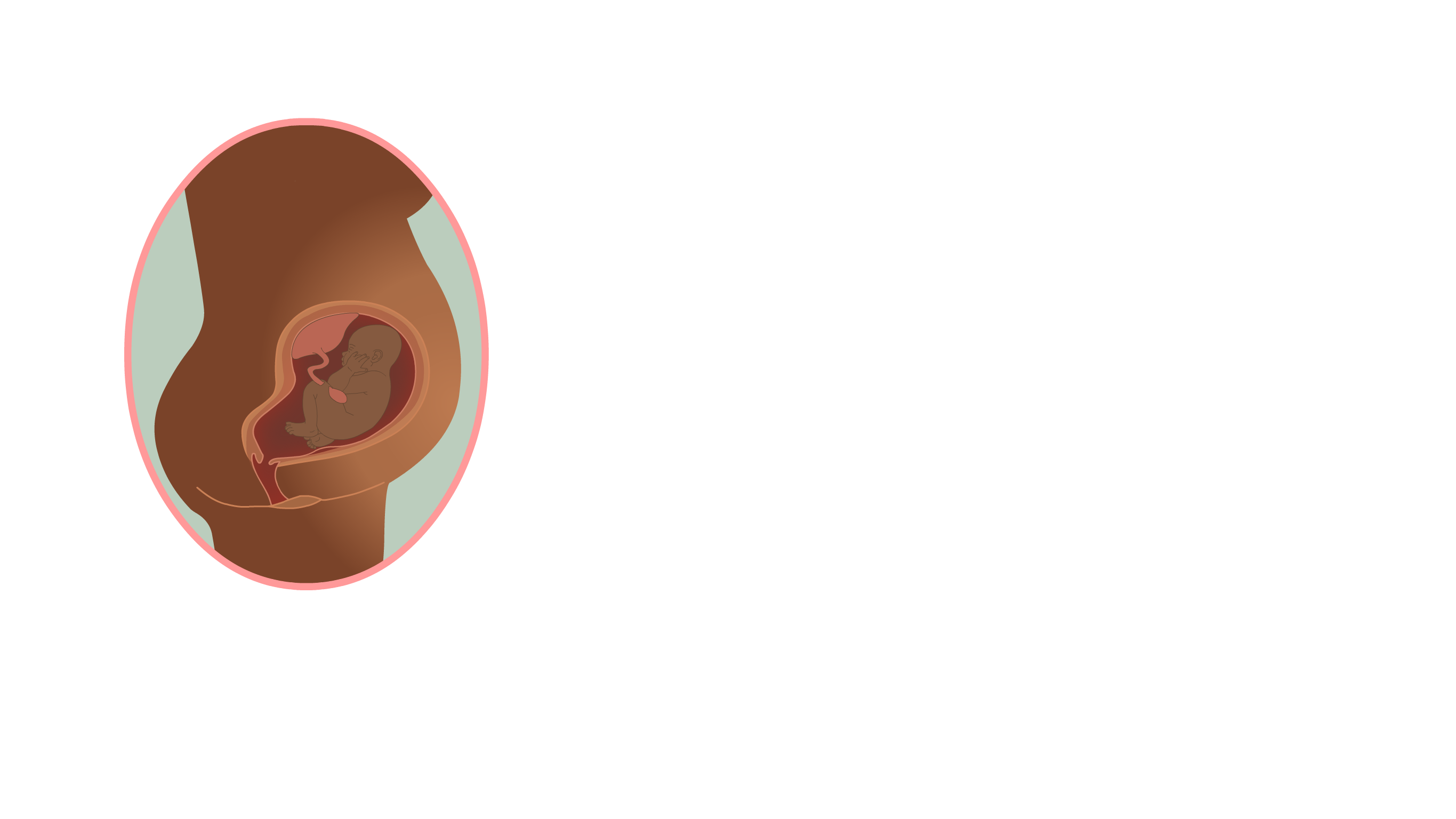

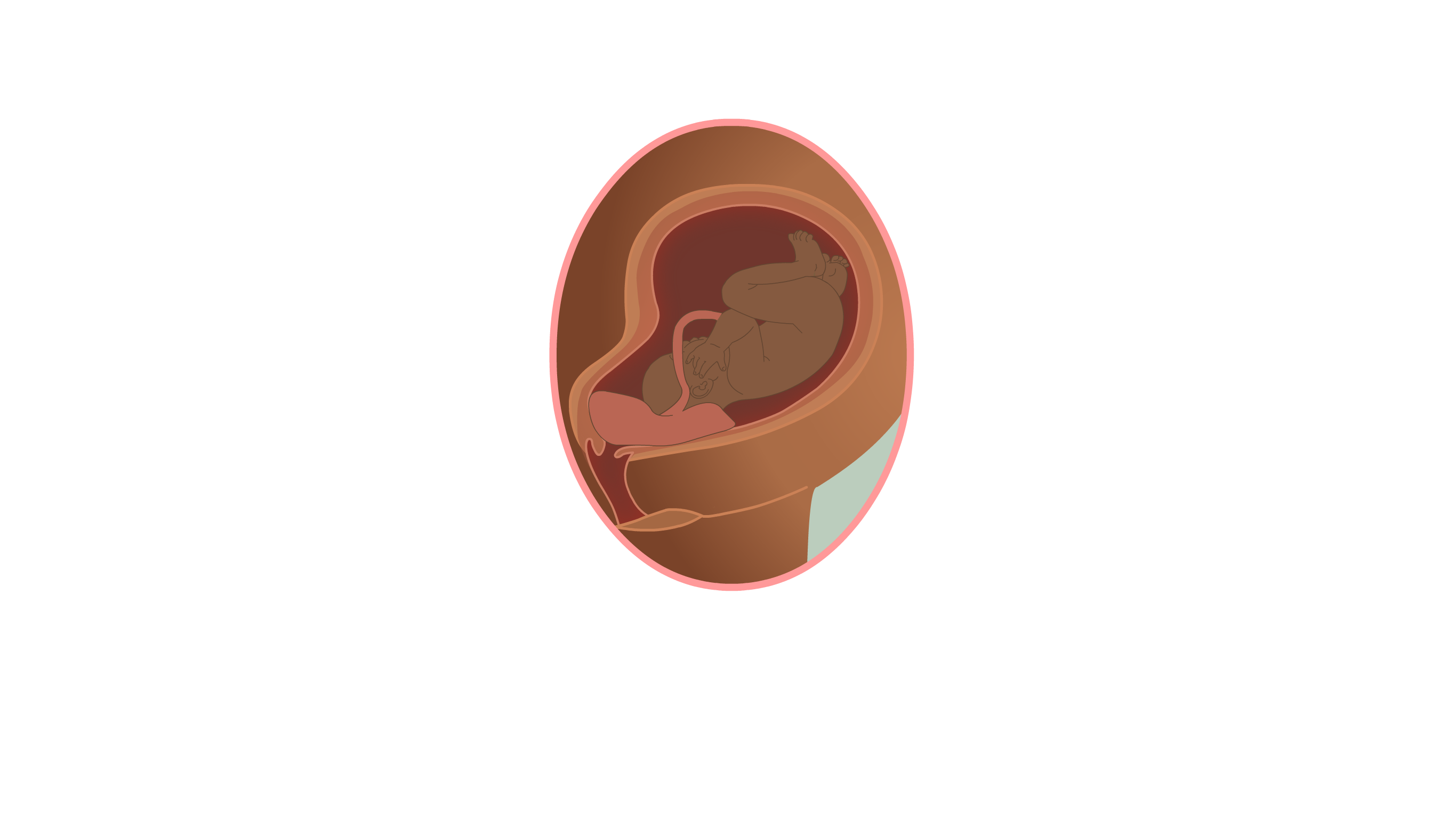
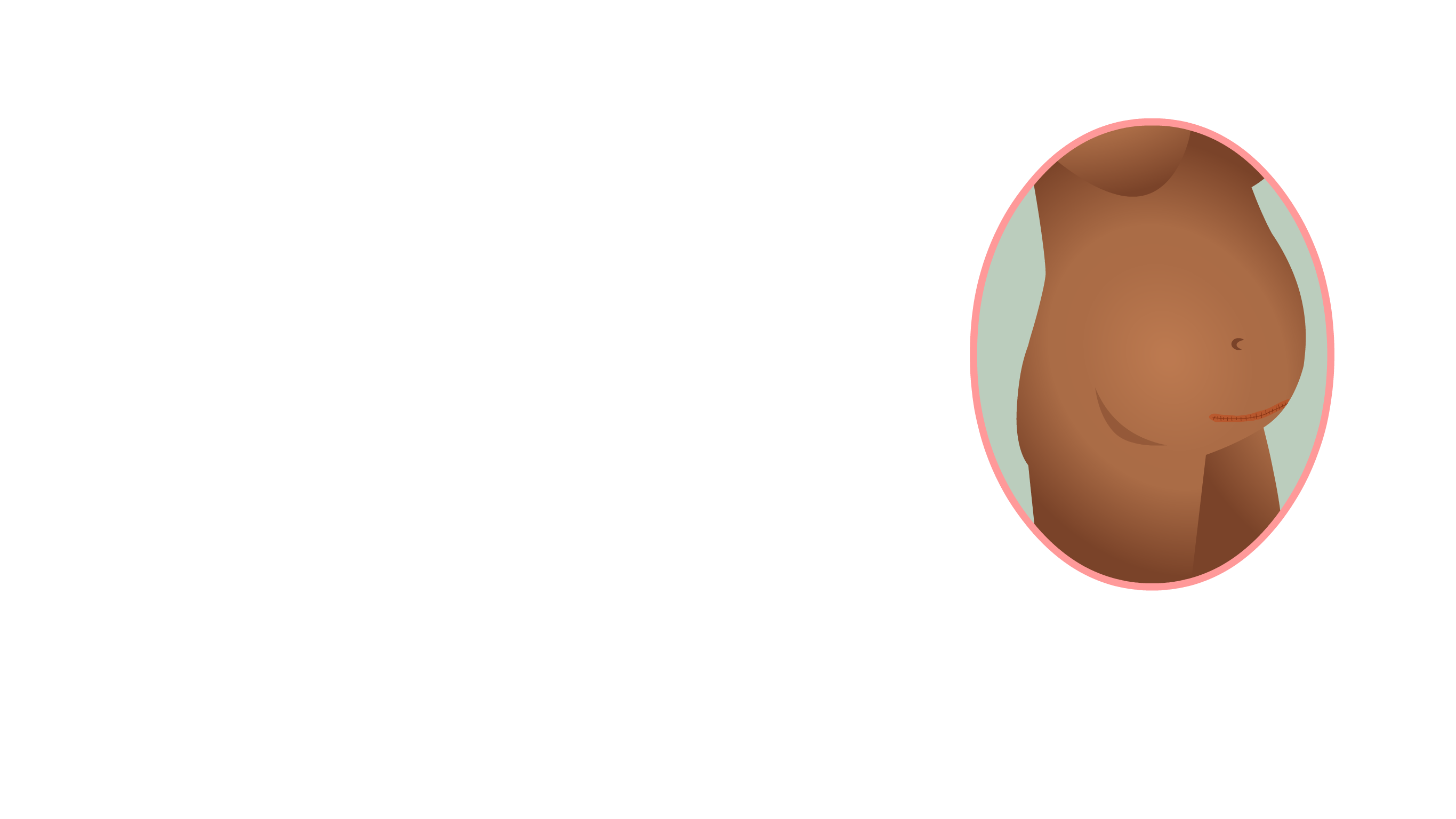


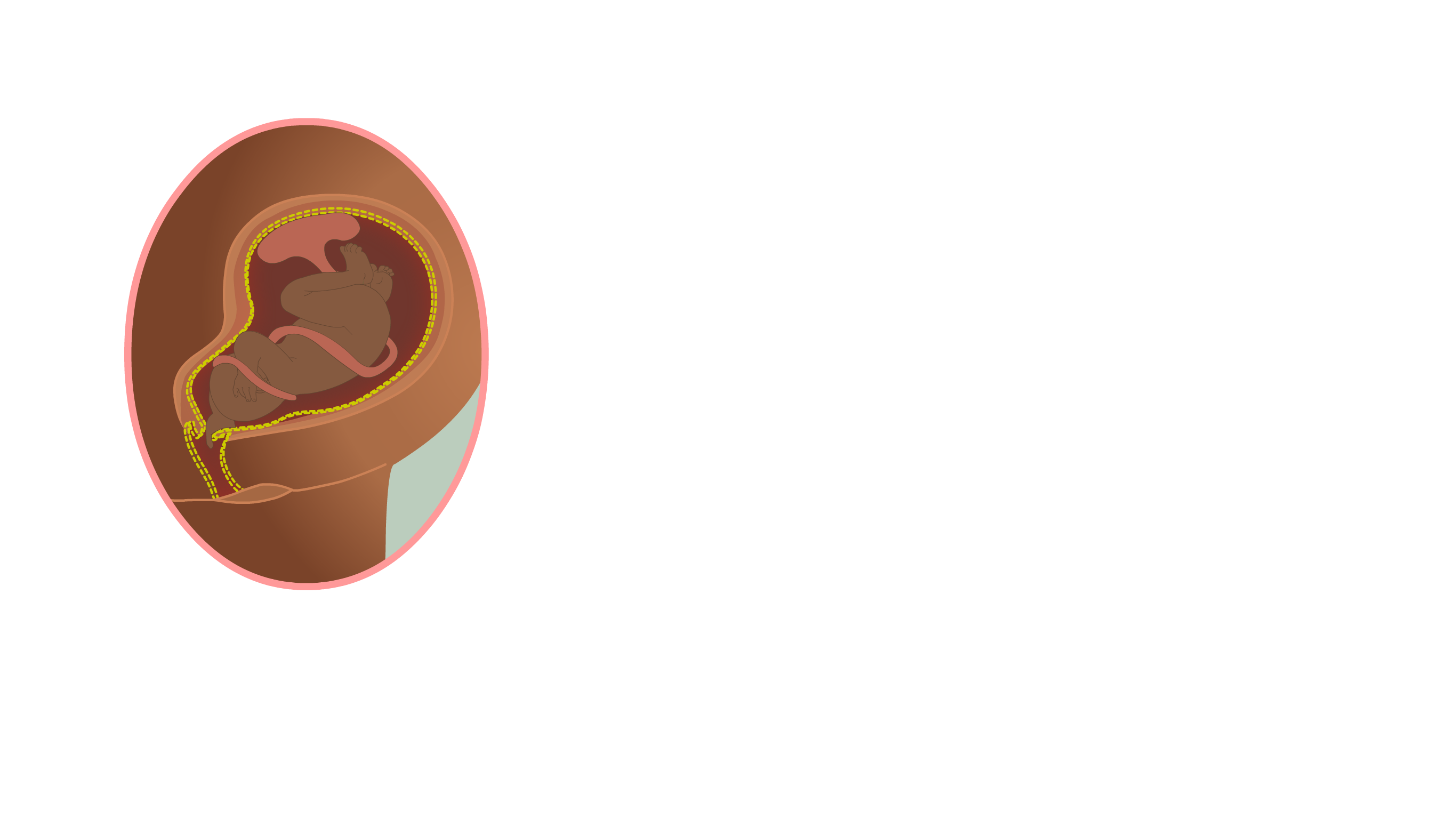

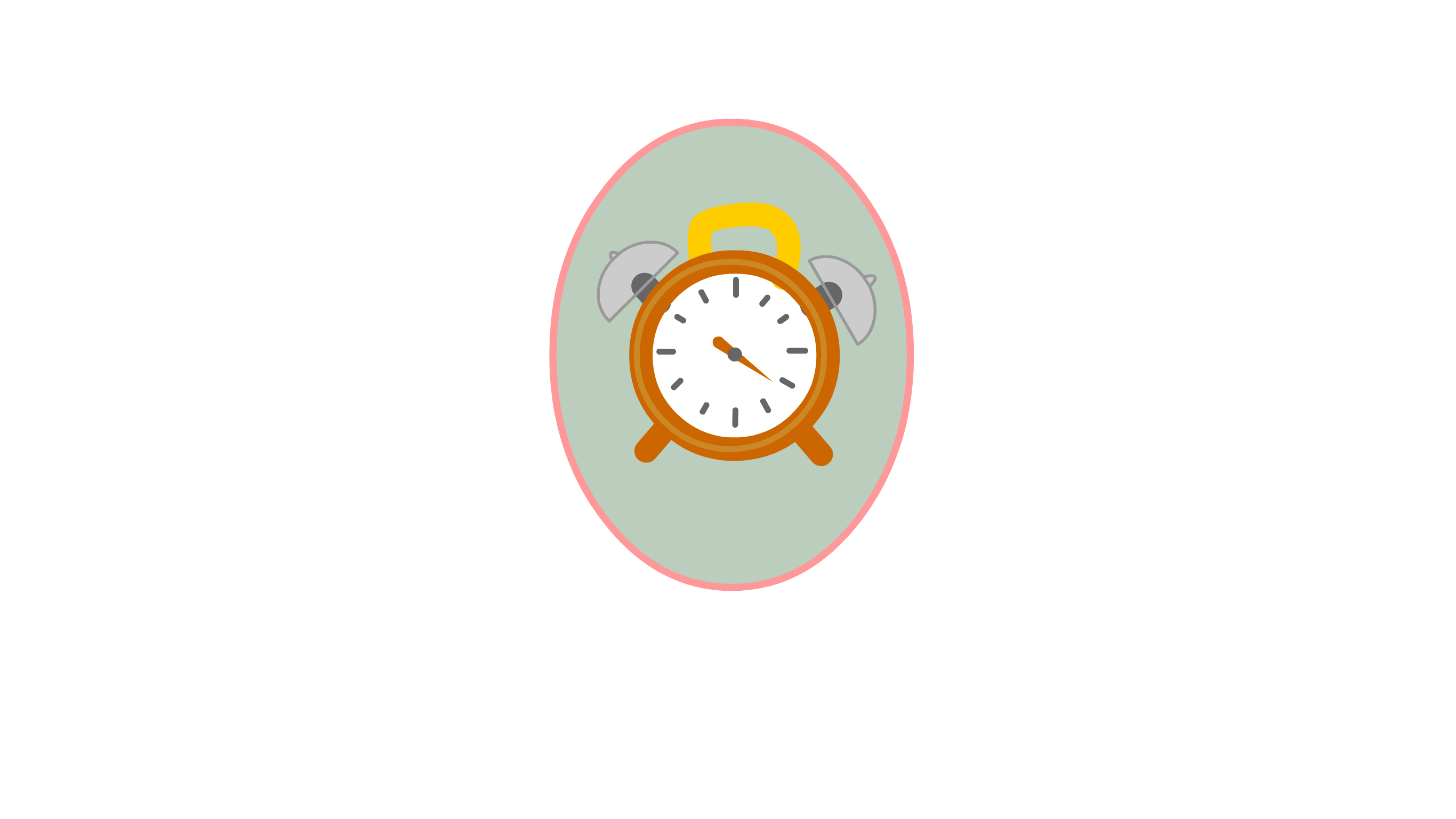
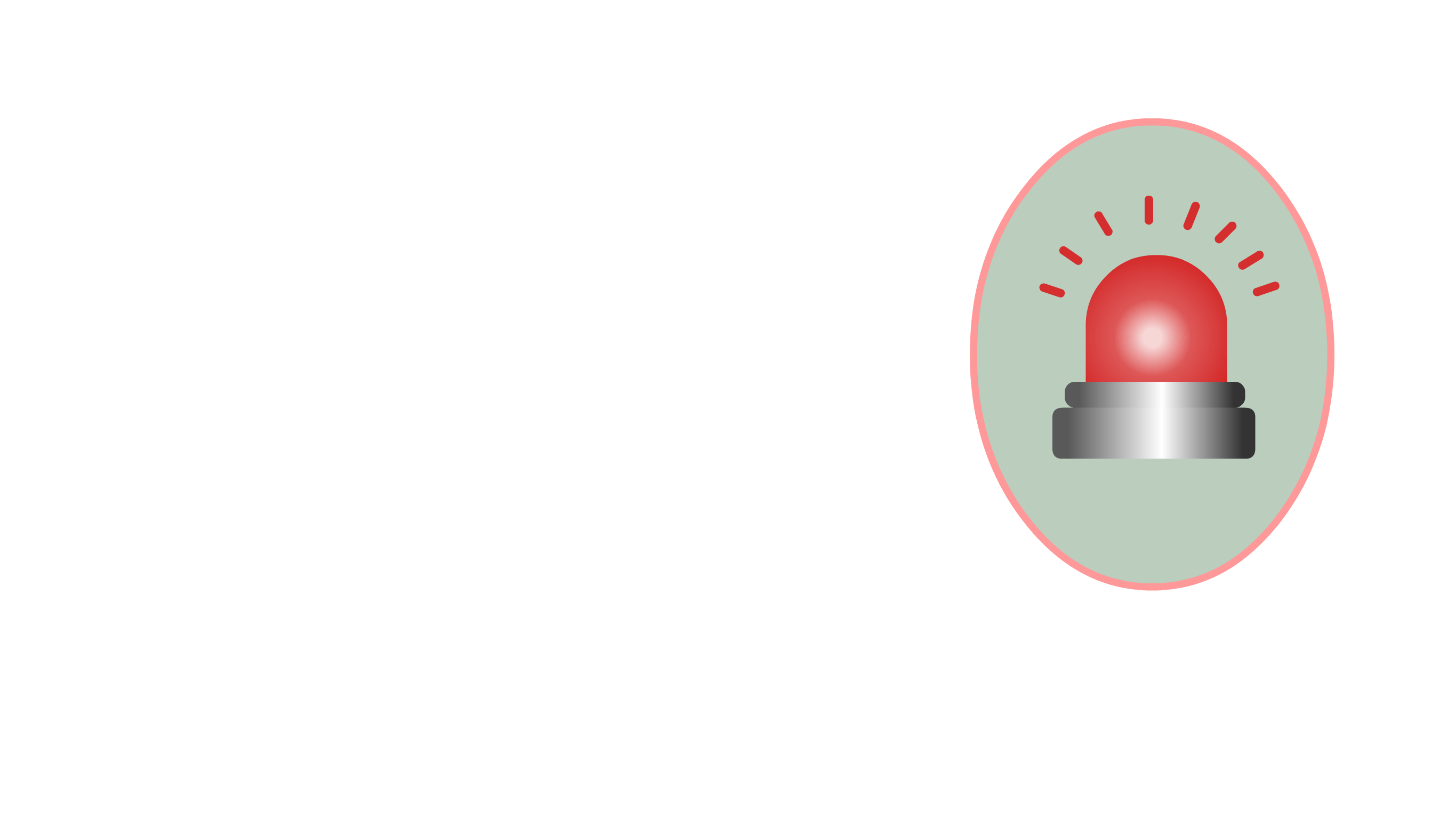

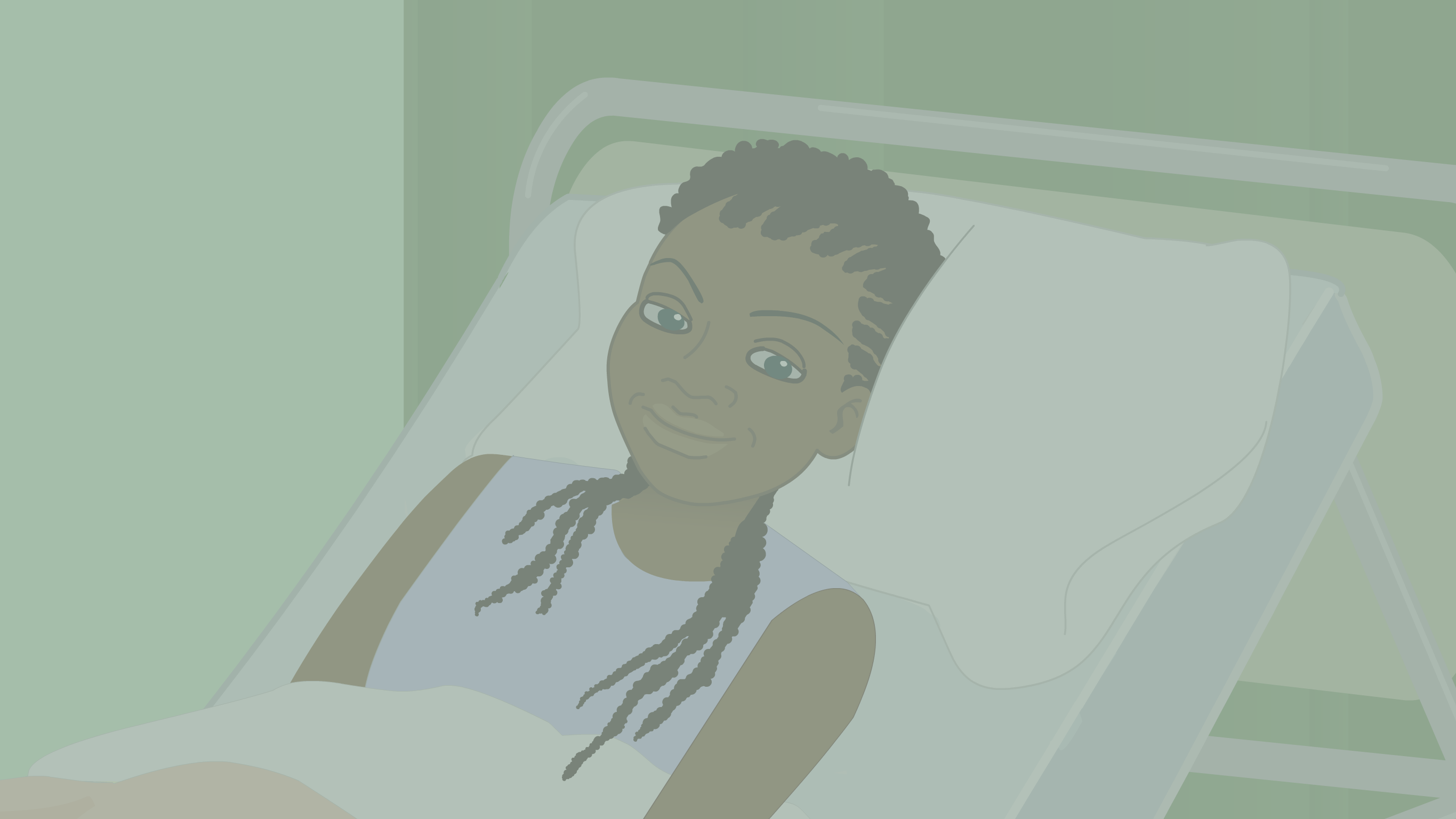





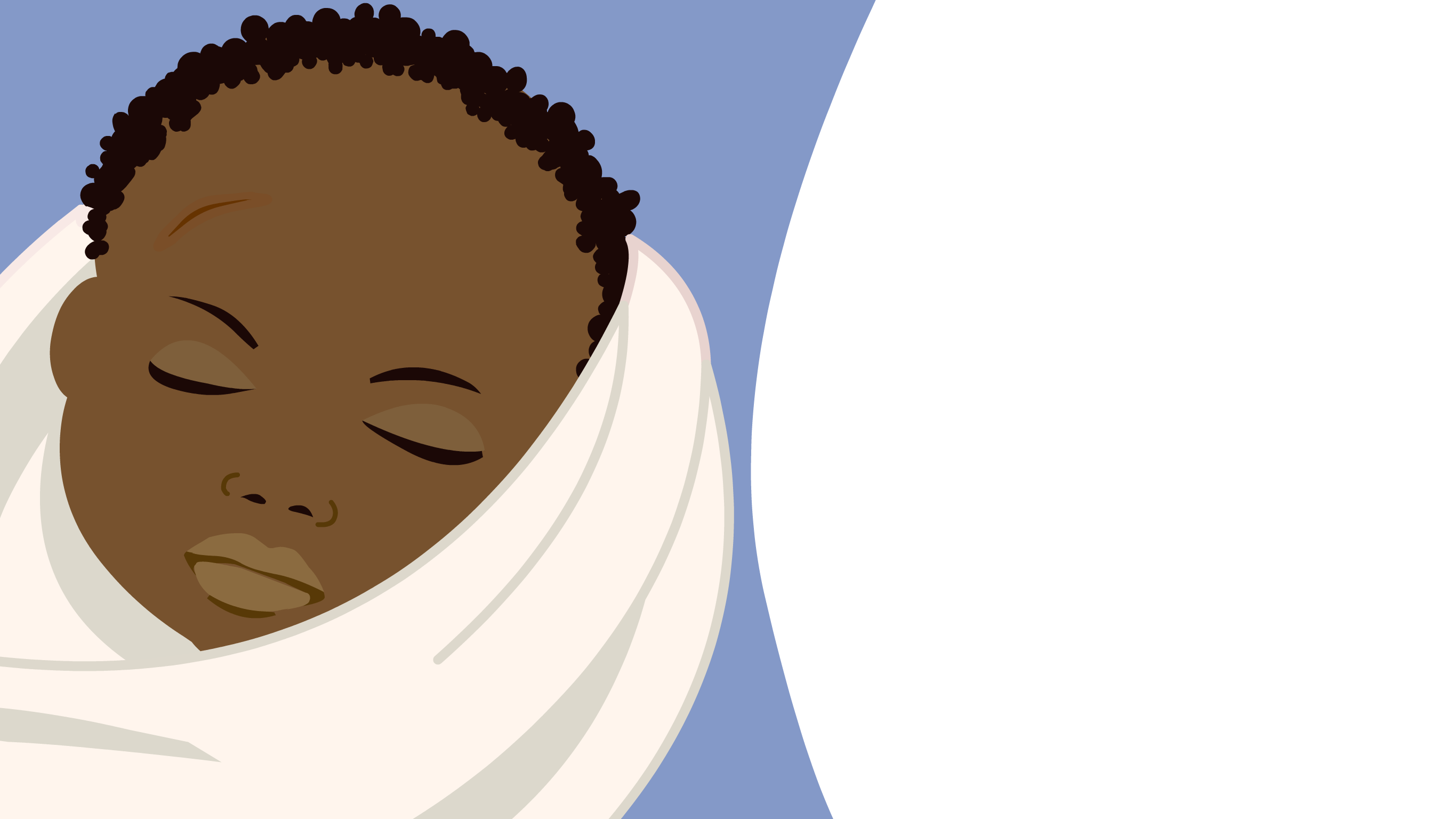
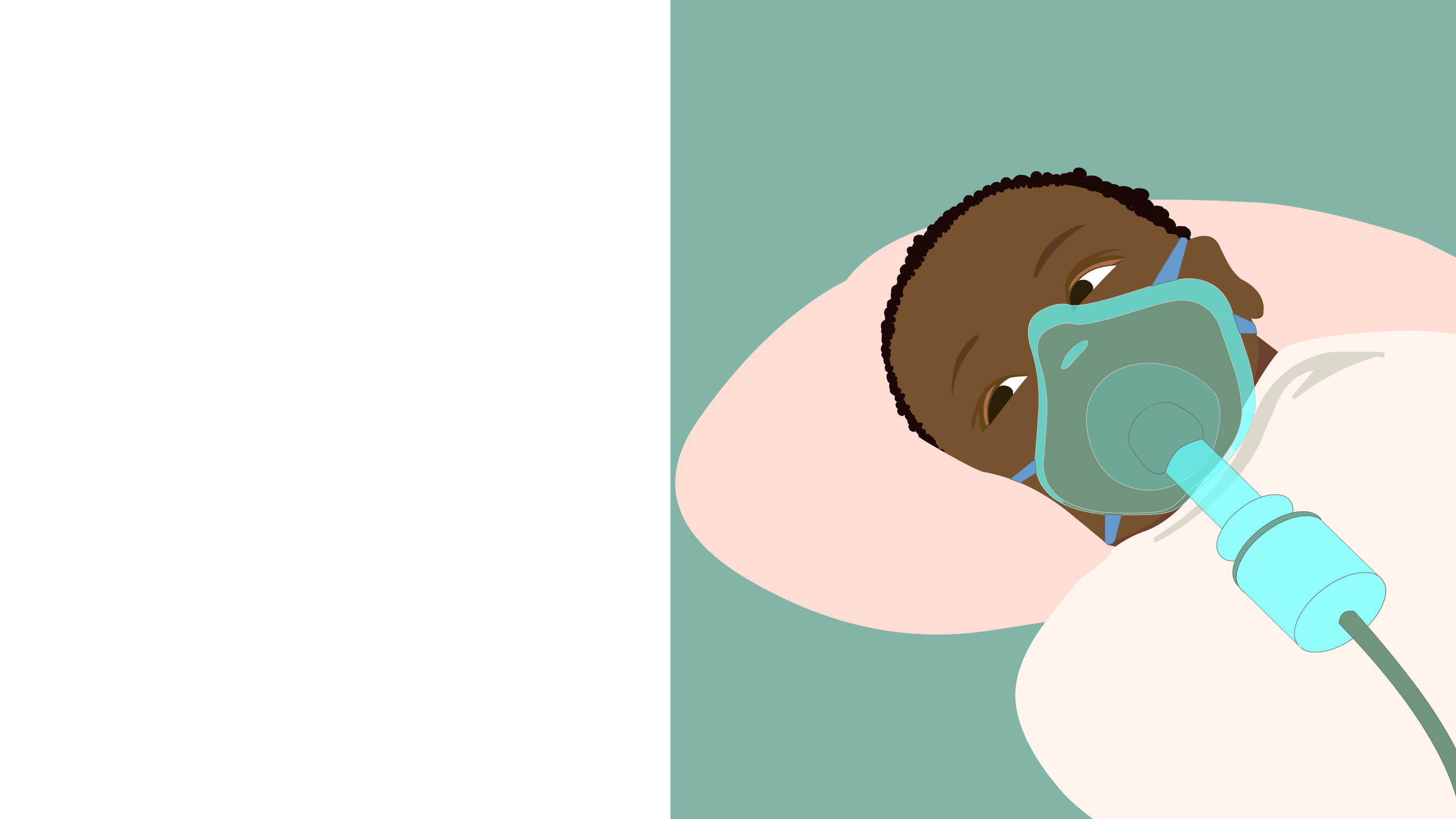

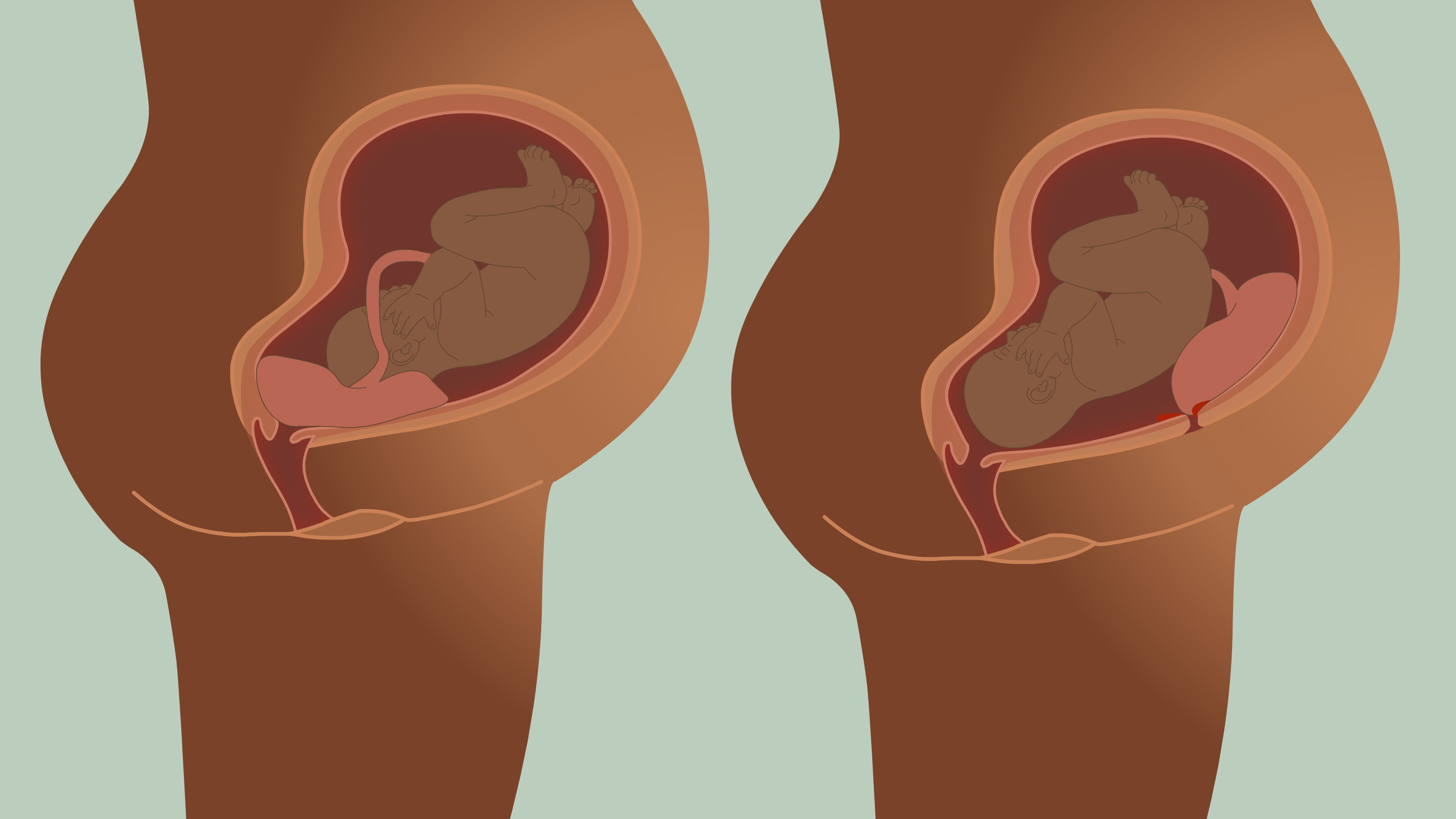



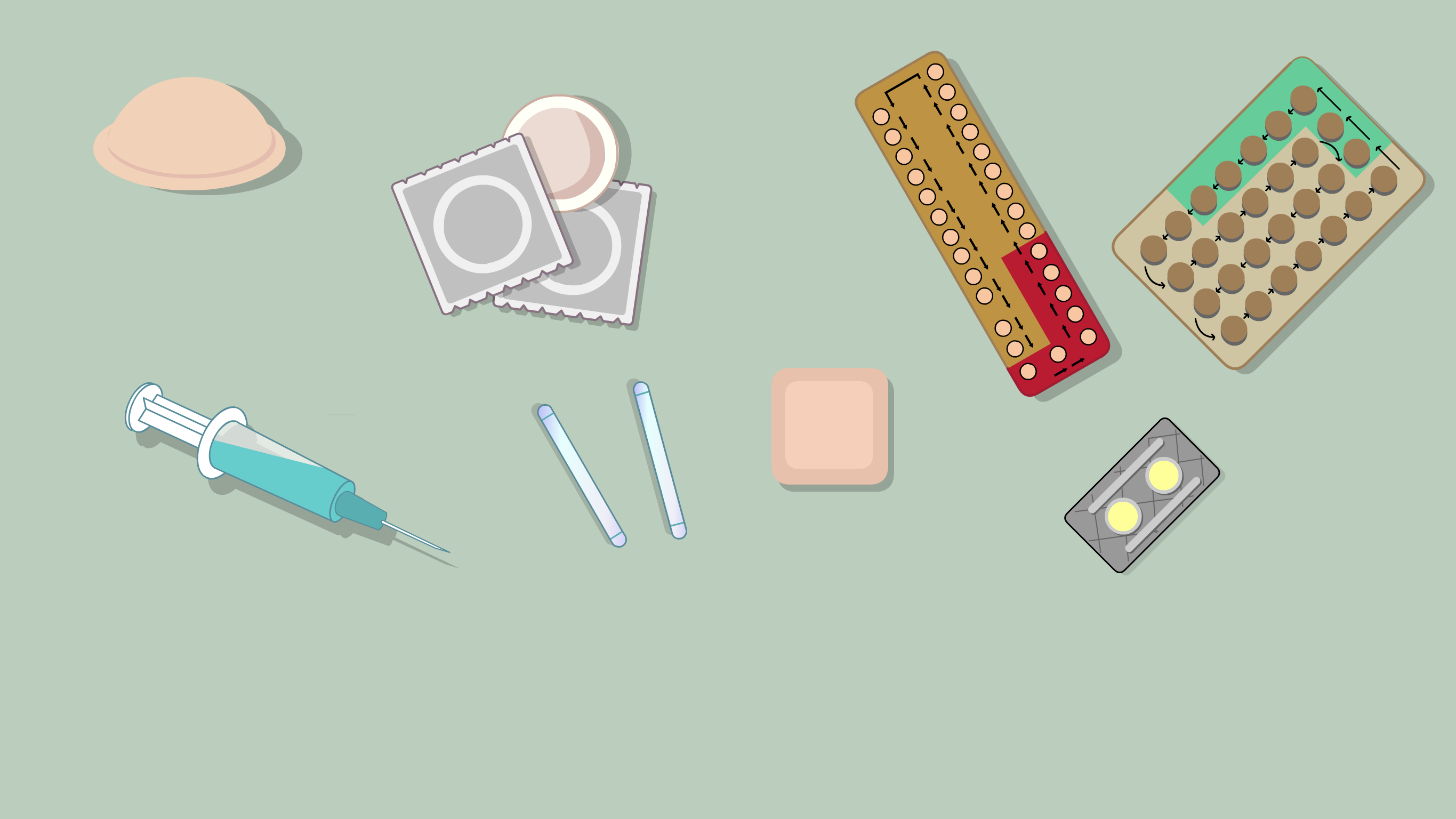

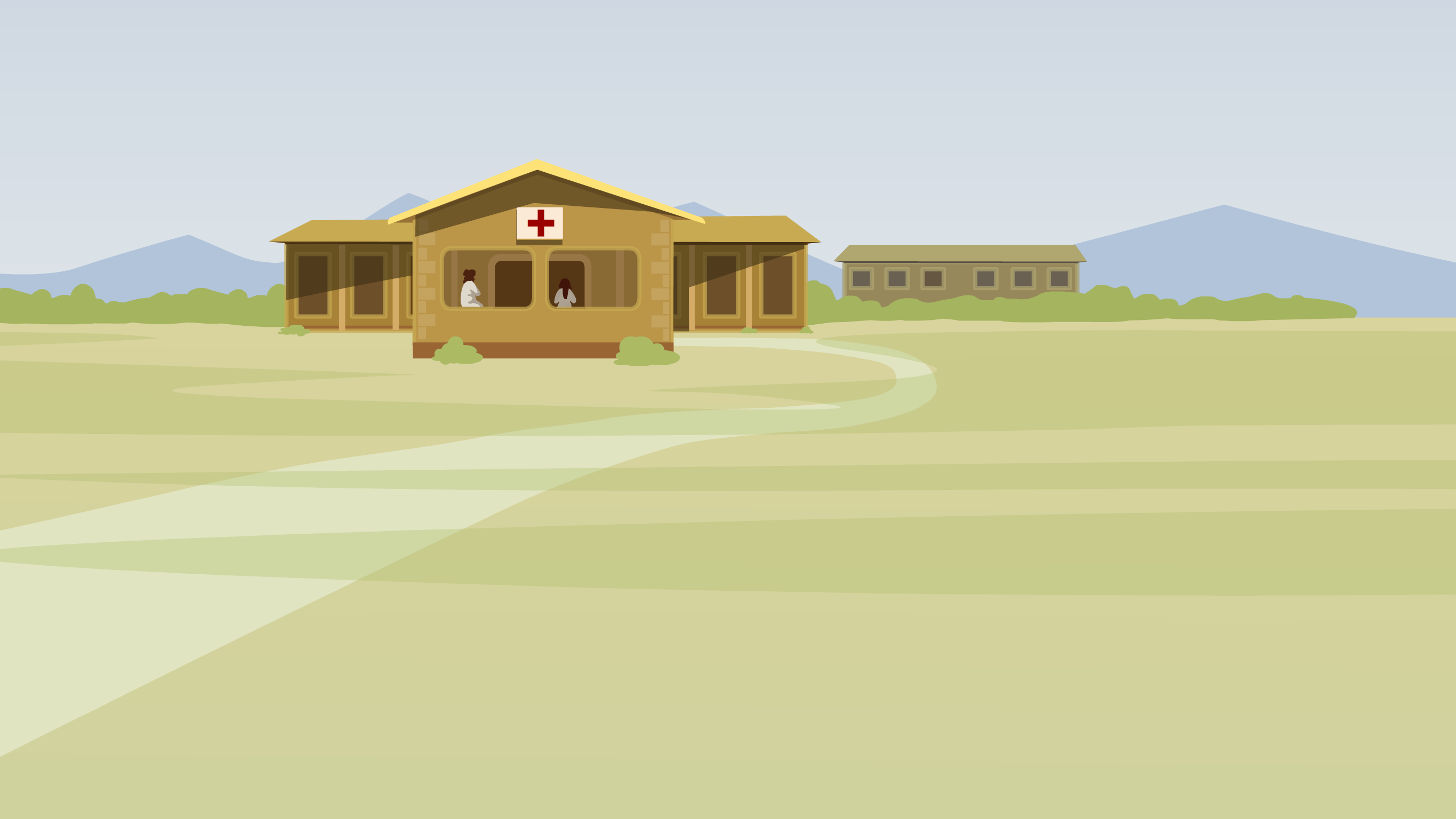

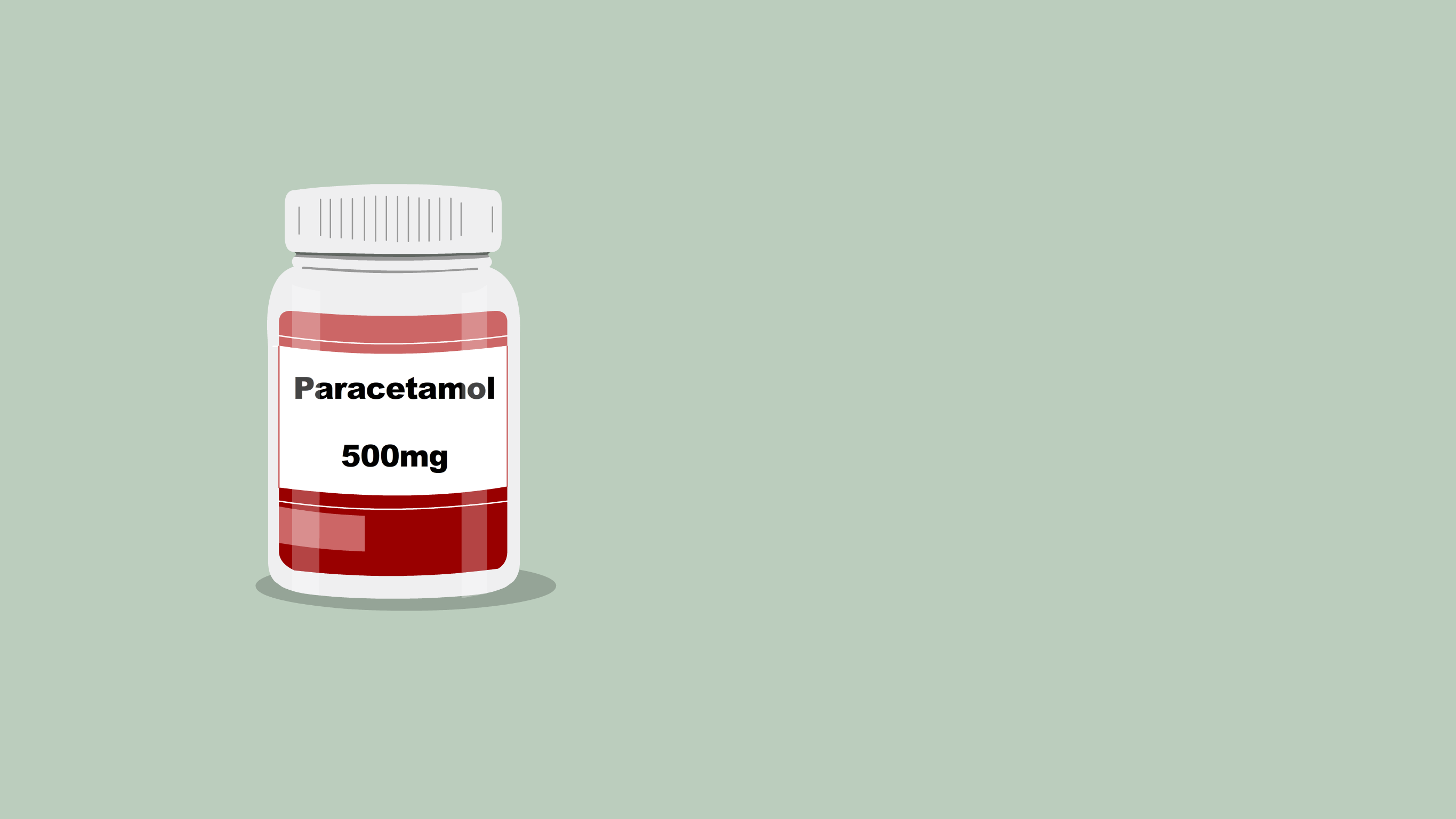
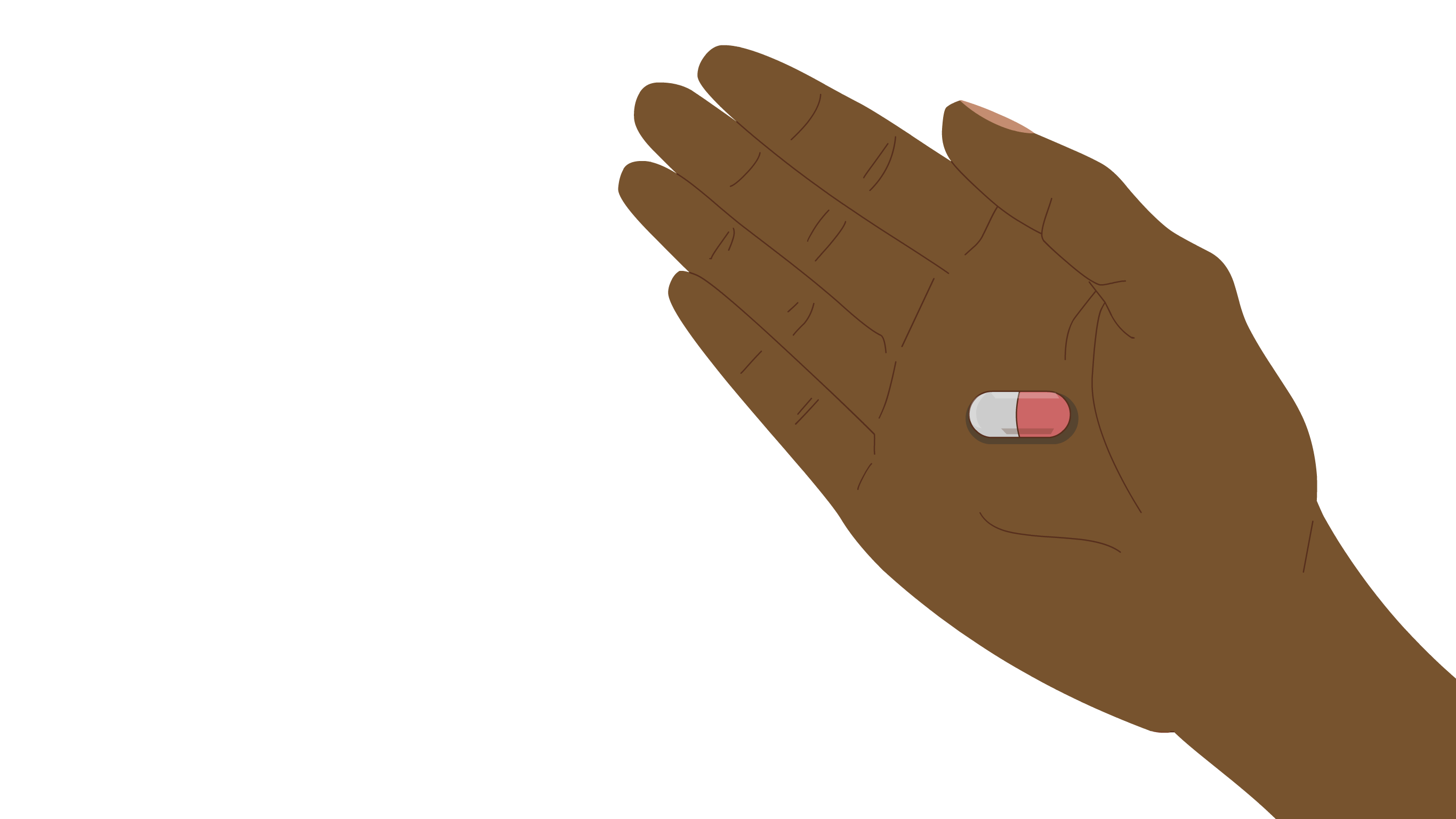


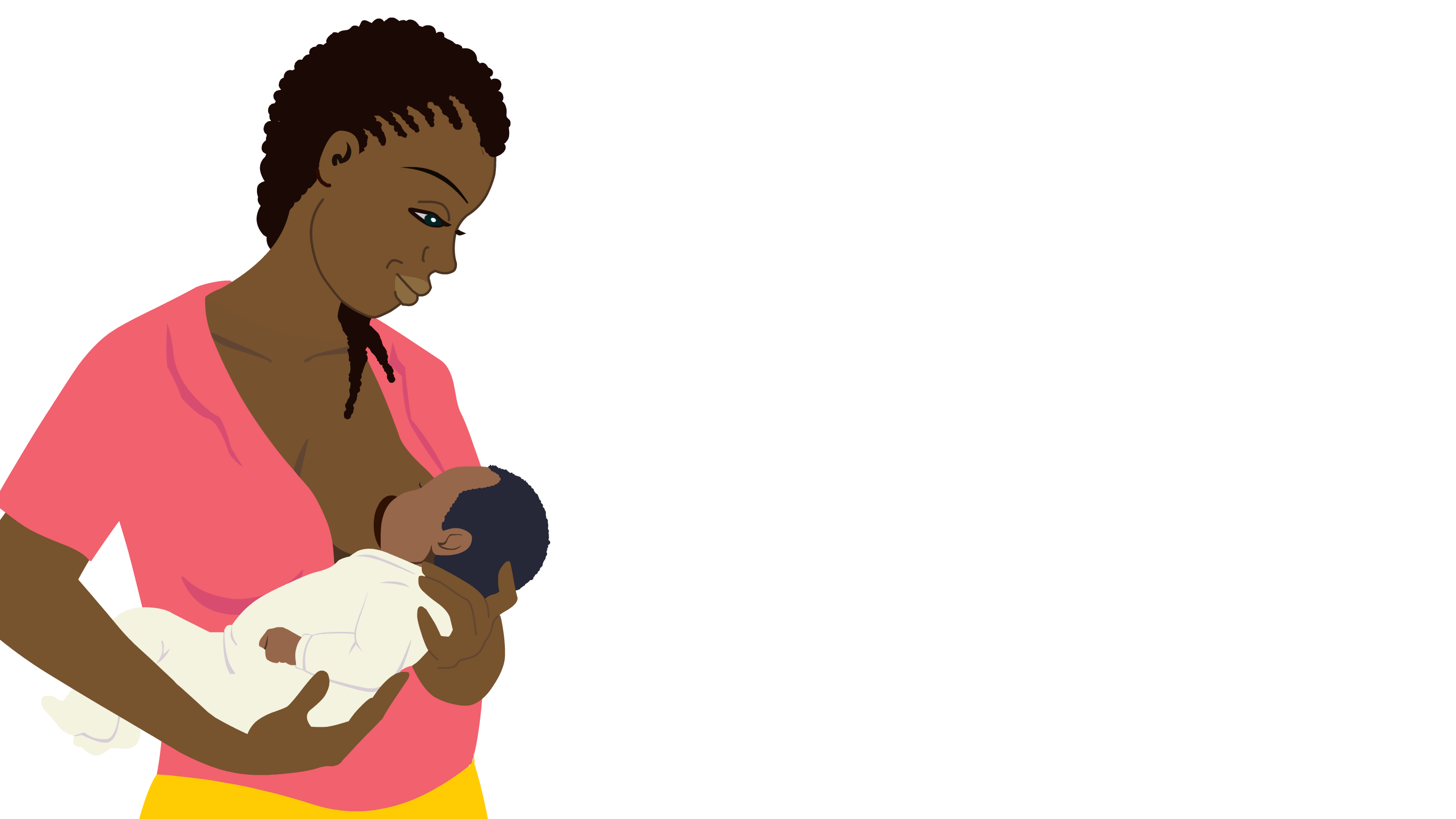

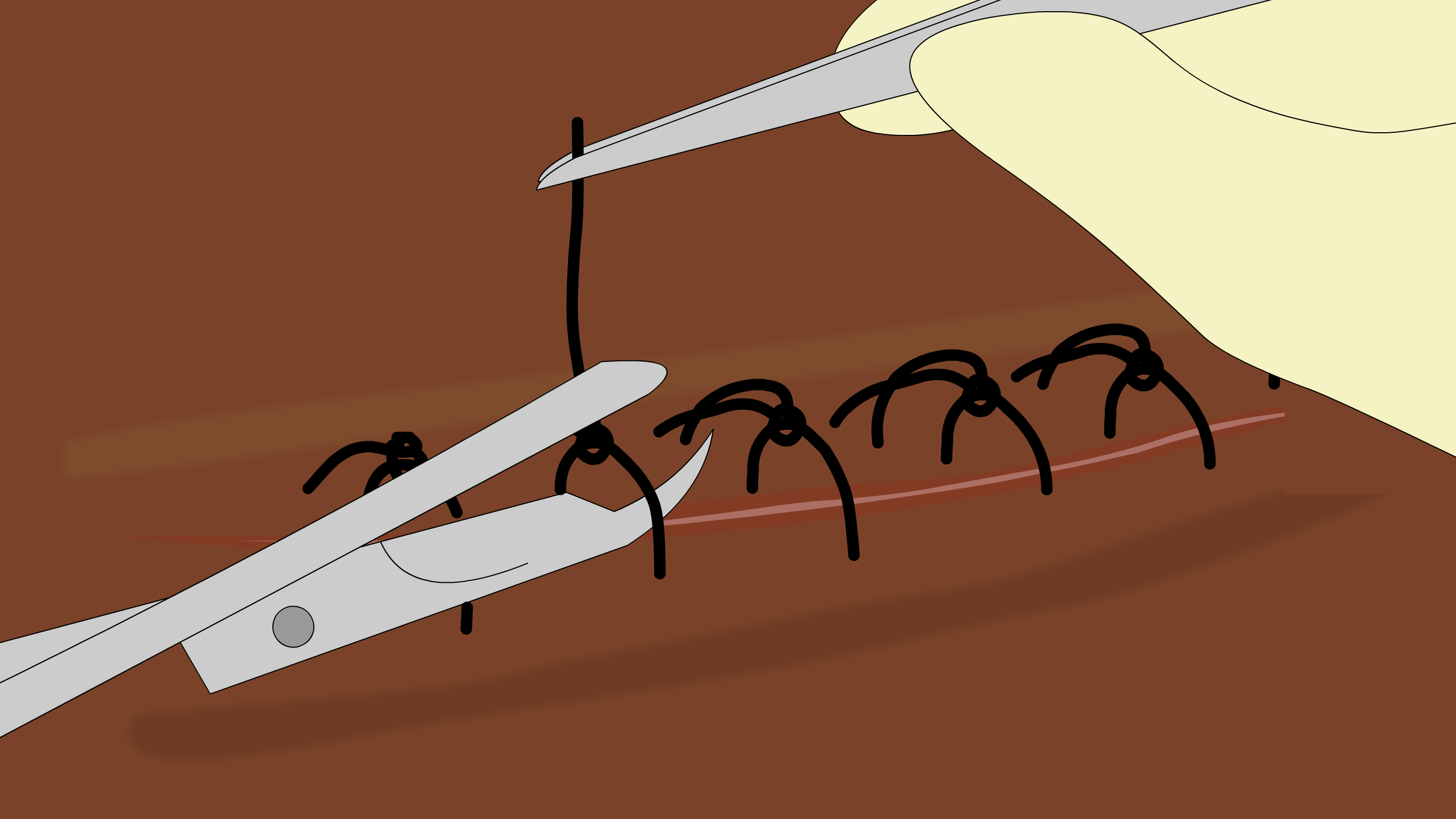

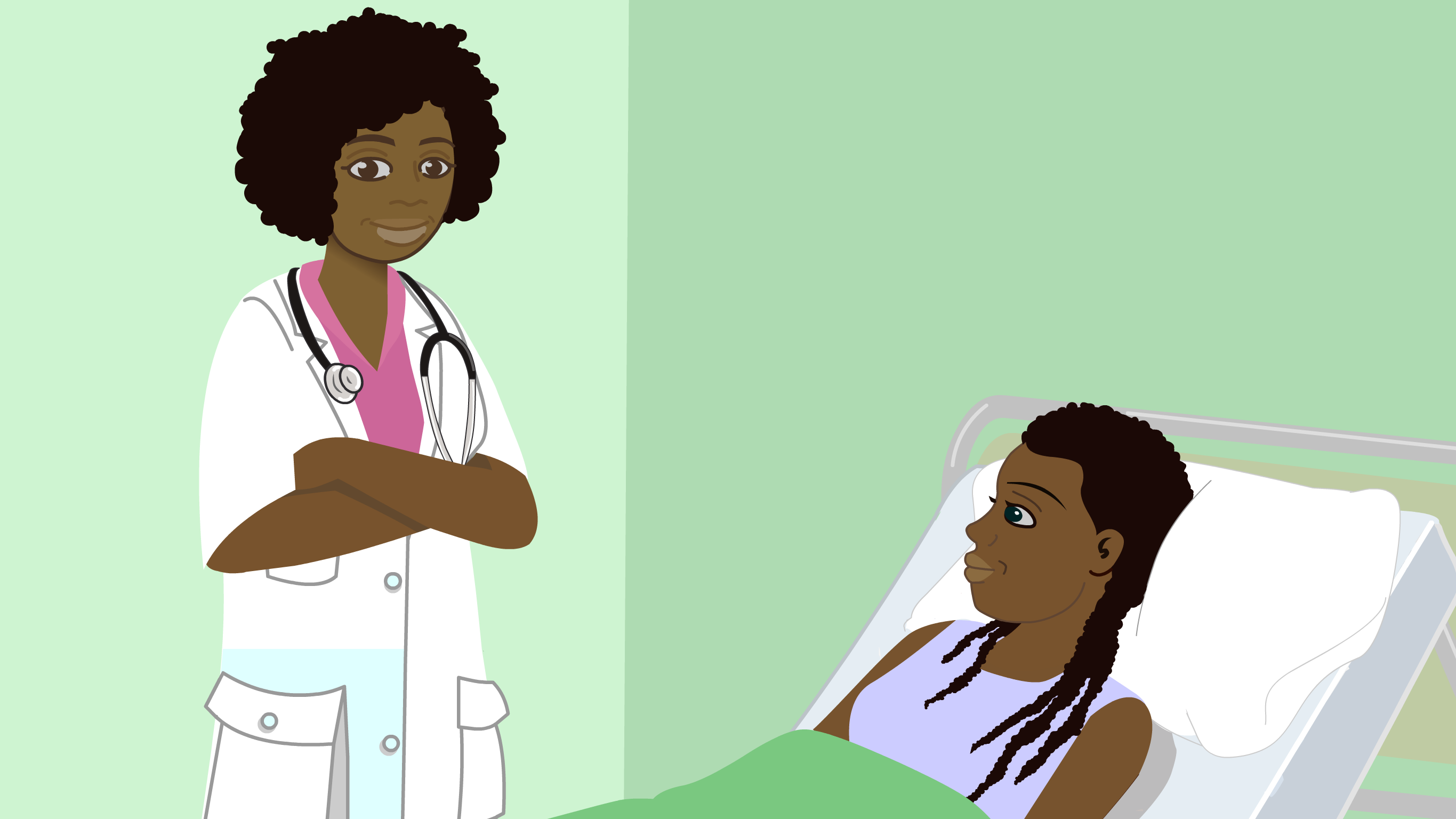


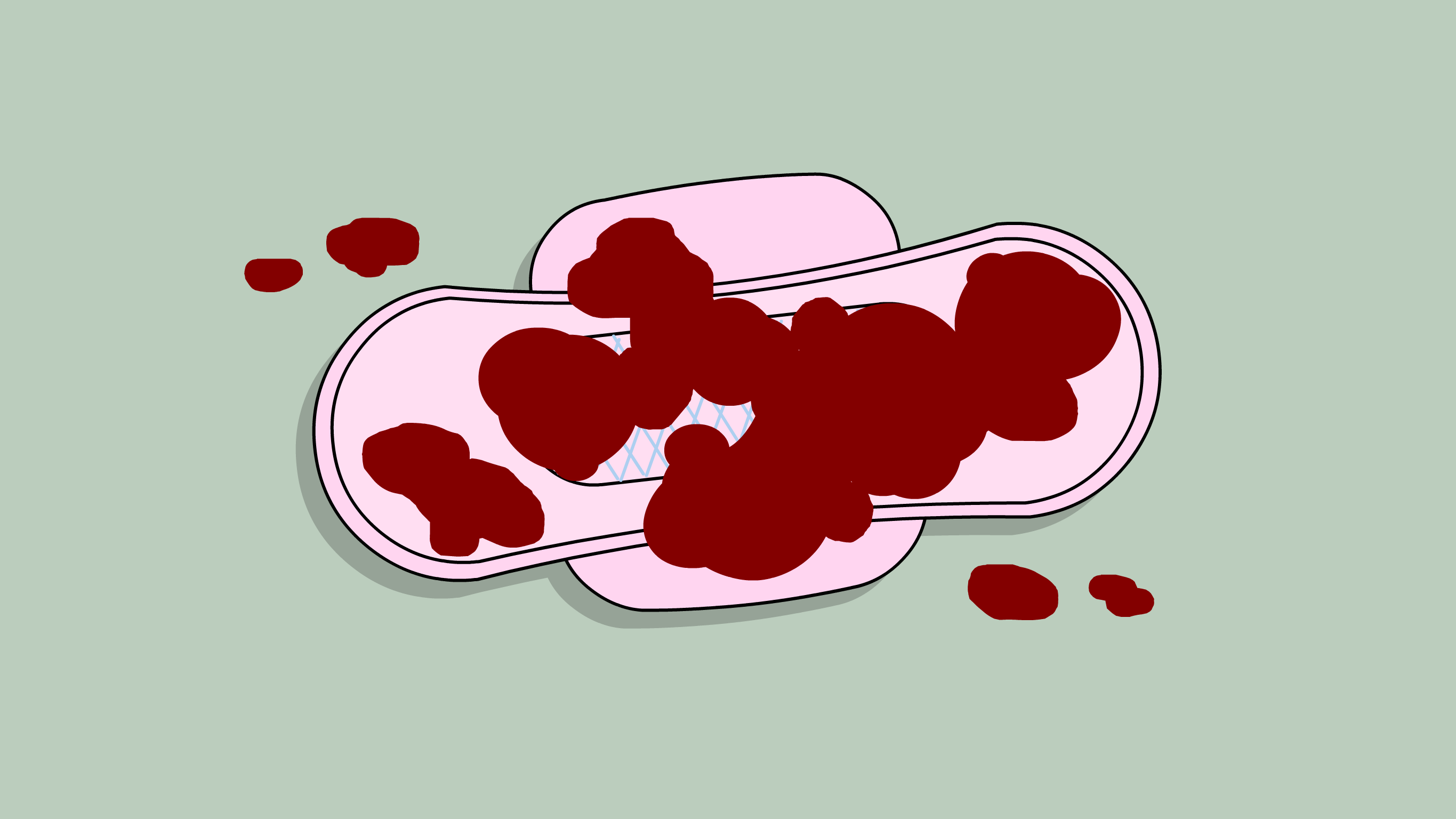

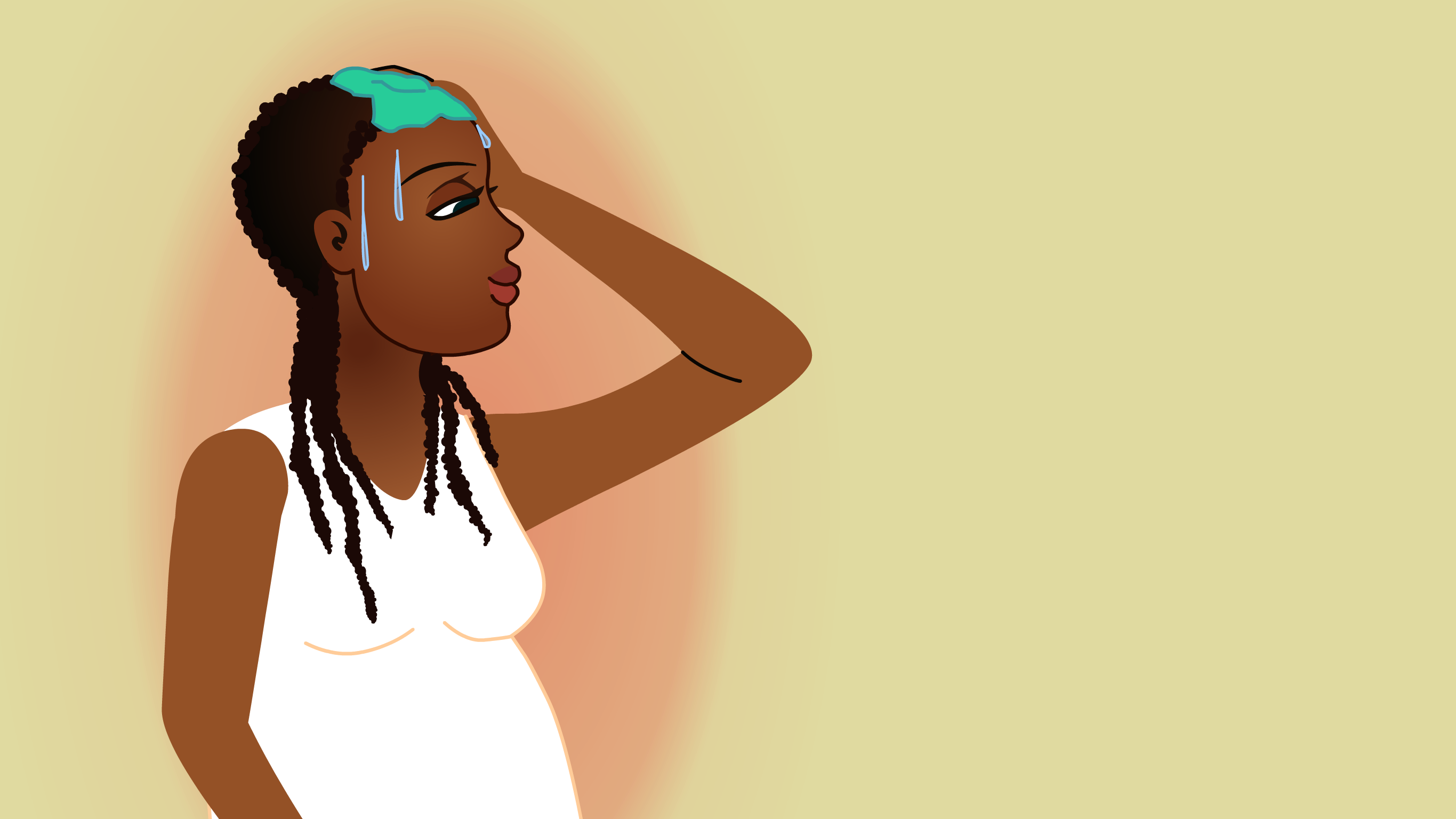

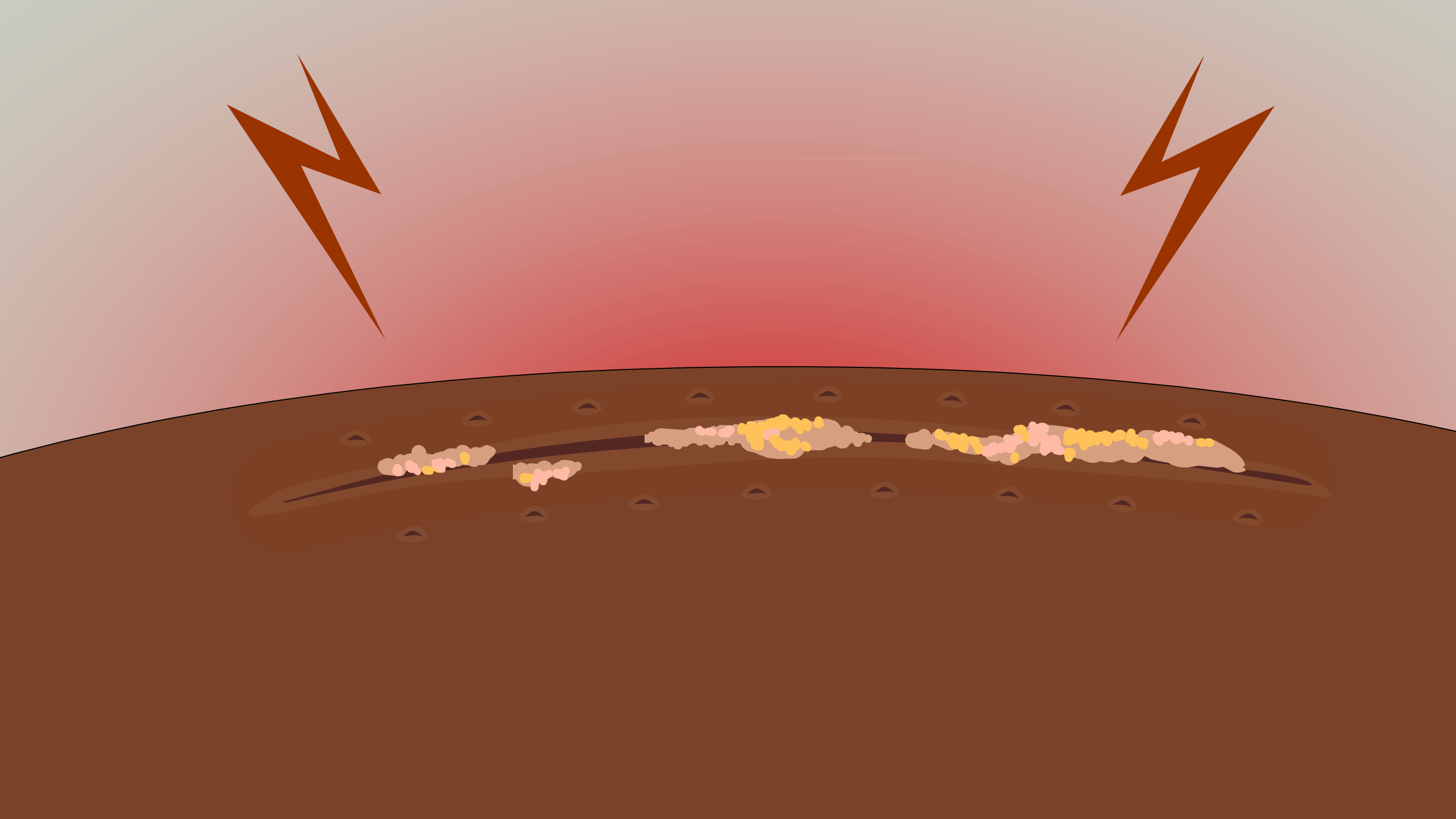

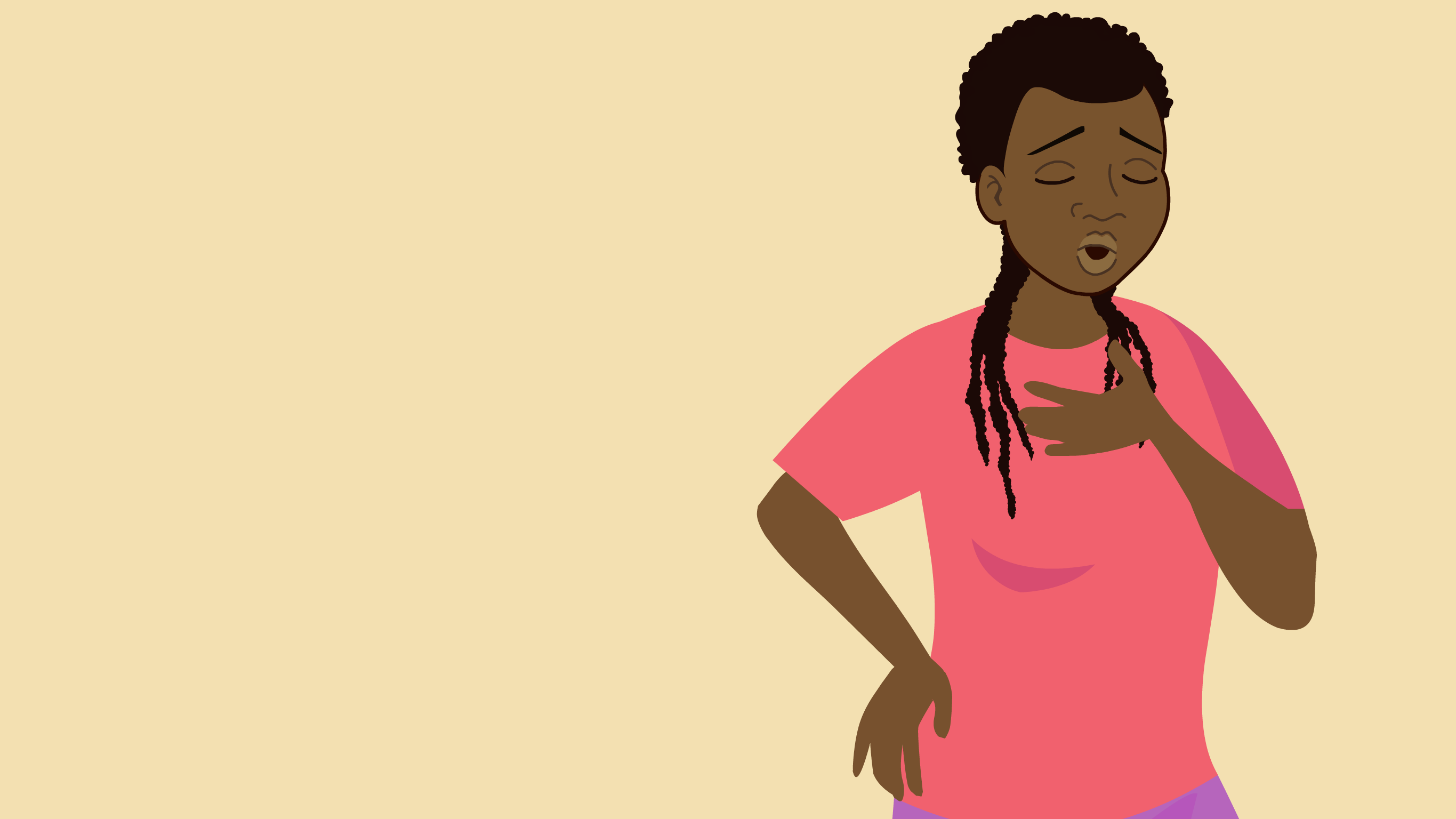
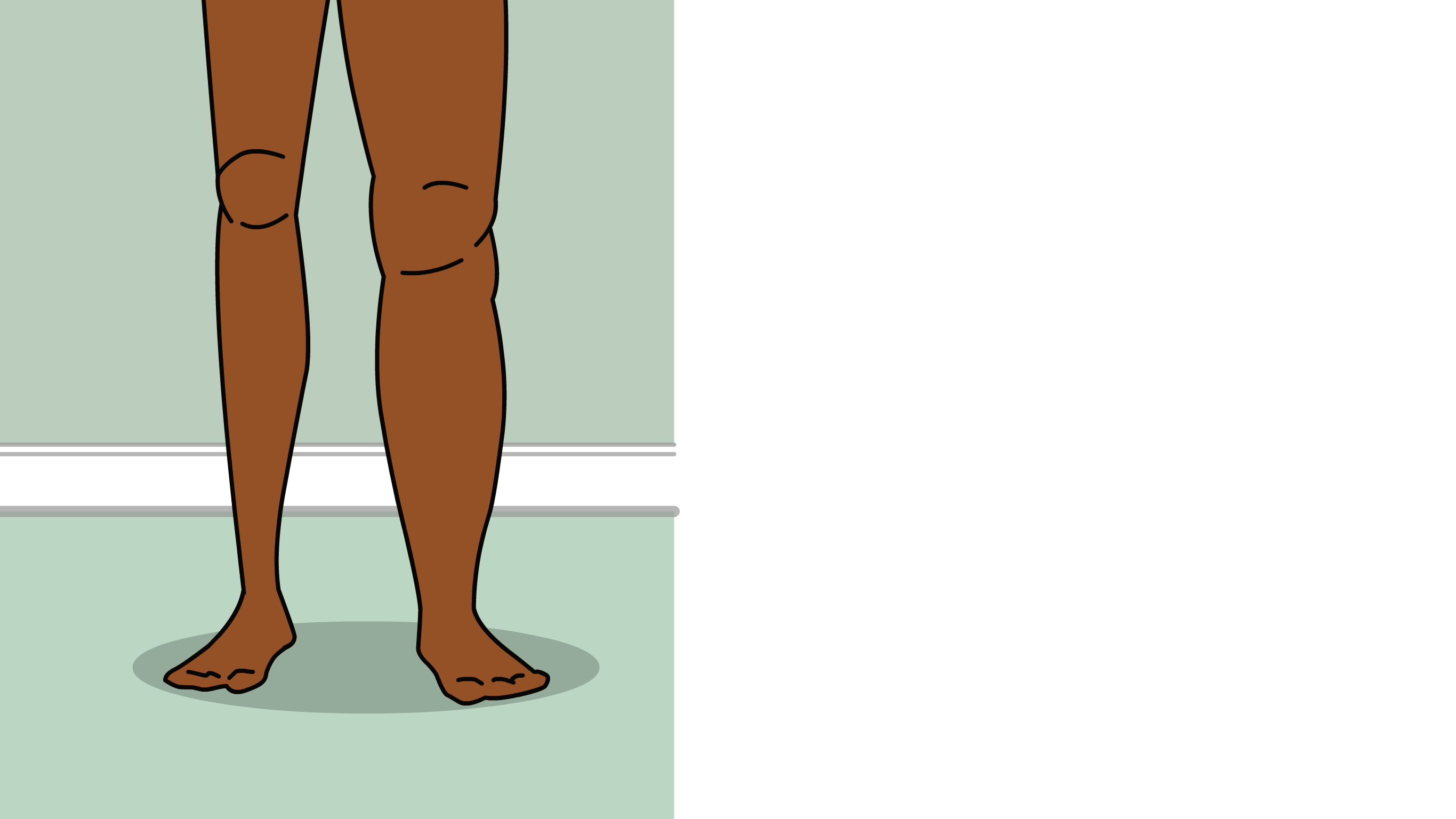


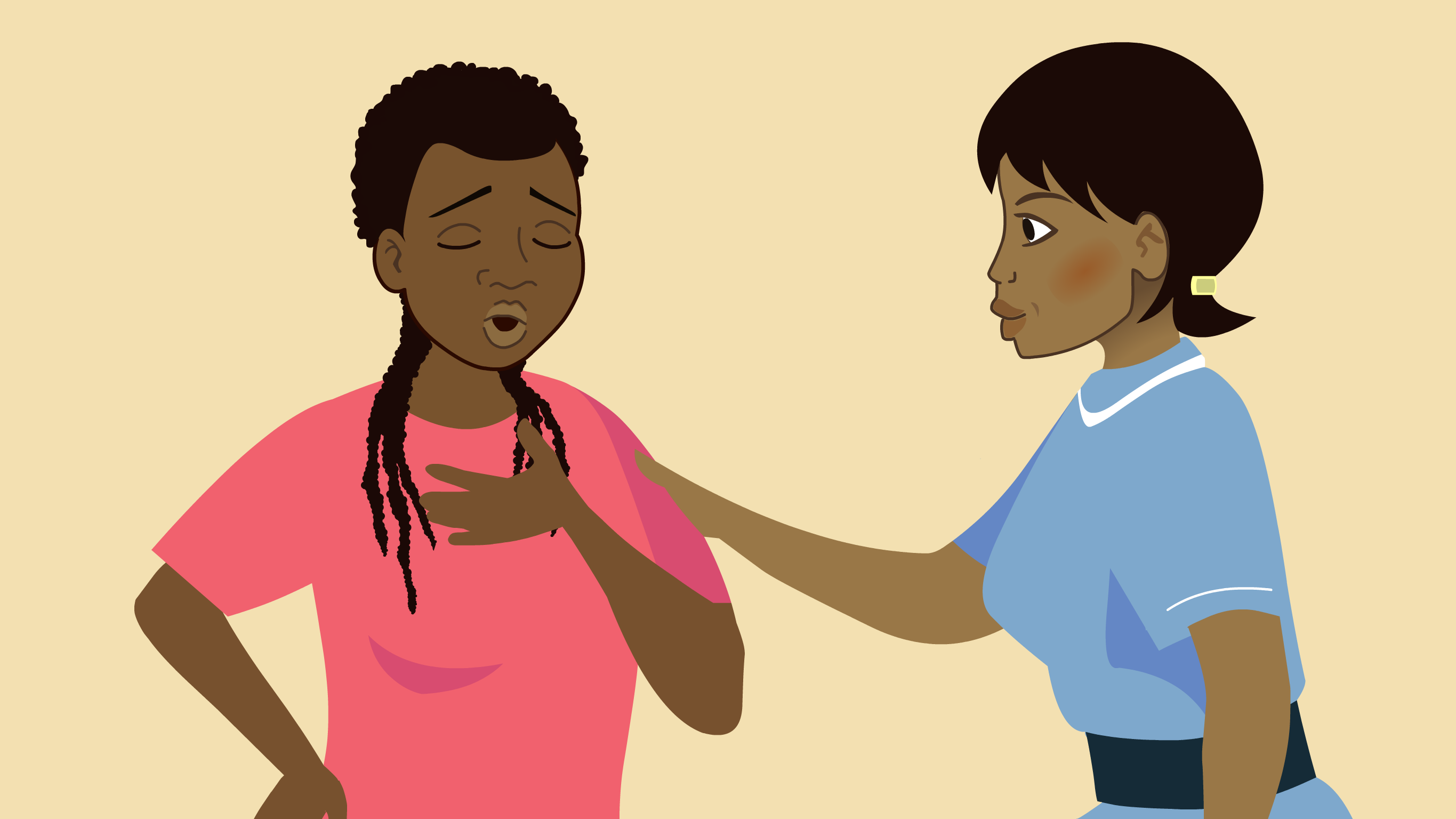

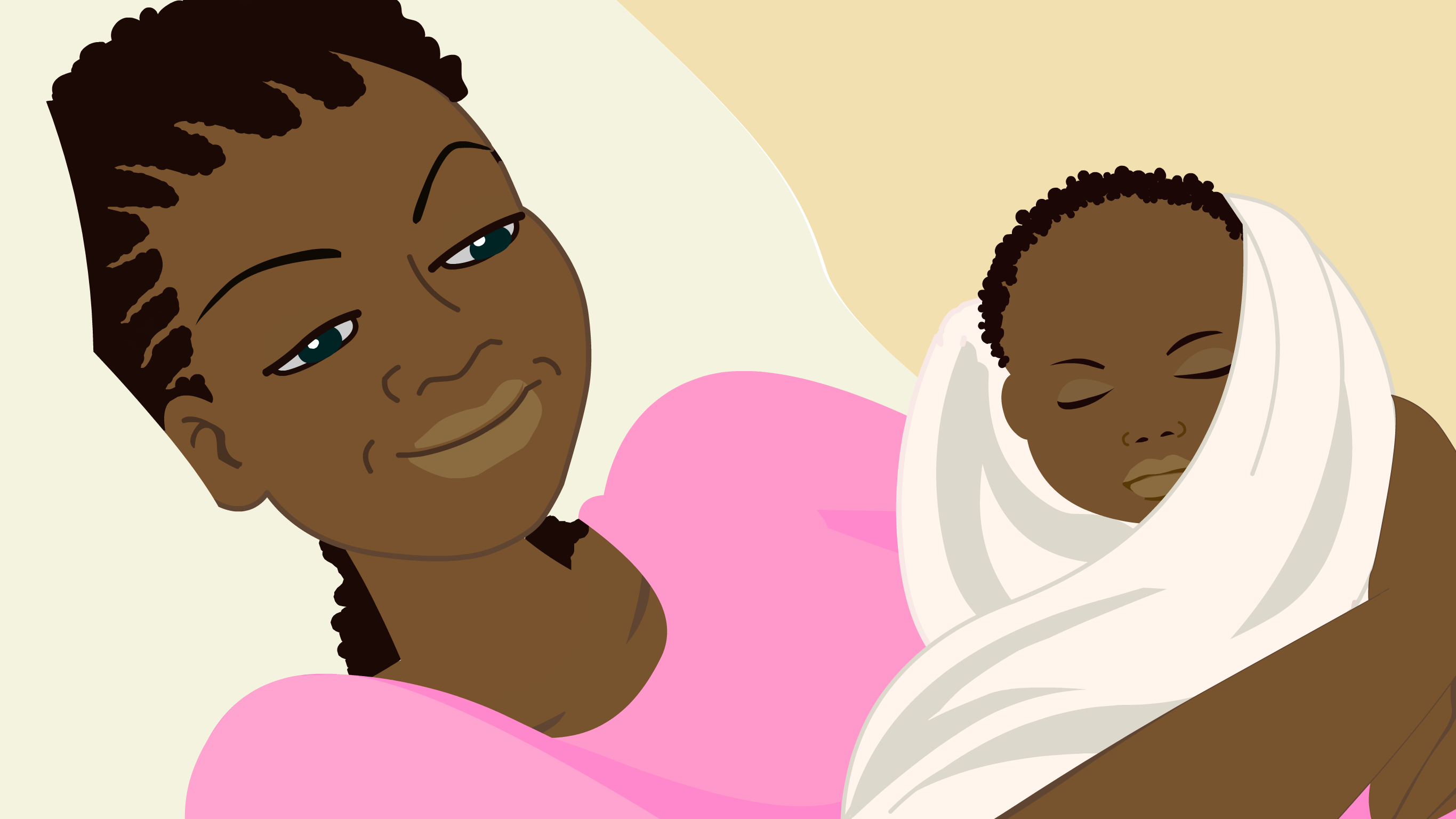

The authors of this CESAREAN SECTION program are:
- Dr Emily Sanders
Warrington and Halton NHS Trust, UK - Dr Soha Sobhy
University of Birmingham, UK
The Welfare of Women program has been created under the General Editorship of Dr Kate Lightly, University of Liverpool, UK and is overseen by an expert International Editorial Board
The cost of producing this resource has been partly funded by an educational grant from GSK
What is a Cesarean section?
A Cesarean section is also called a C-section or CS. This is when baby is born through an operation (surgery) in the lower abdomen (tummy). This can be planned or performed as an emergency.
Most C-sections usually last around an hour.
How common are C-sections?
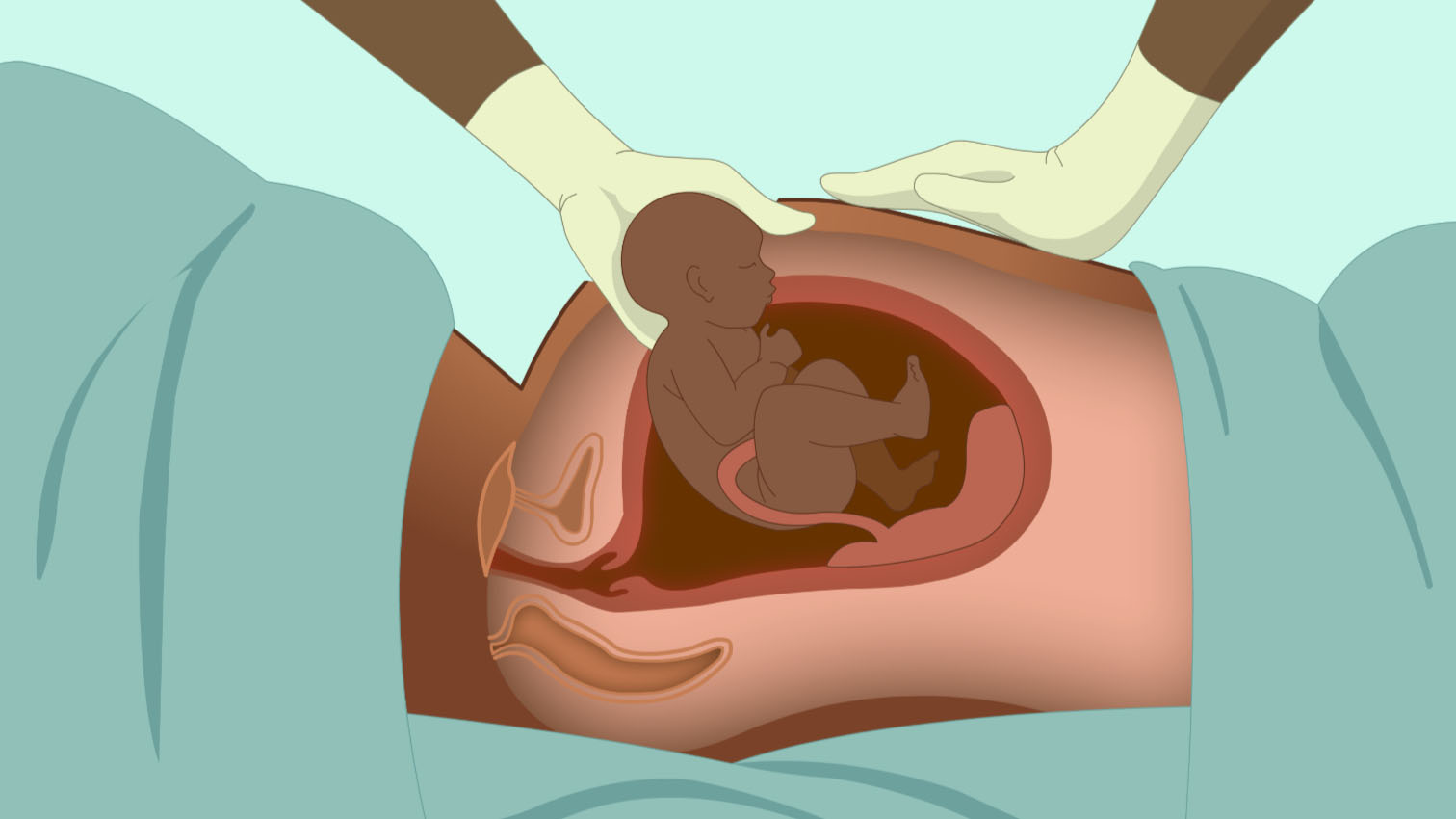
Around the world, 1 in 5 babies is born via C-section. This number is expected to increase to 1 in 3 by 2030. Rates of CS births are different depending on the country.
When is a C-section more likely?
A planned C-section may be recommended by your doctor for several reasons. Usually this is because a vaginal delivery would be more risky for mother or baby. Reasons can include a low placenta, the baby being in a position that makes vaginal delivery difficult, or because a woman has had a C-section before.
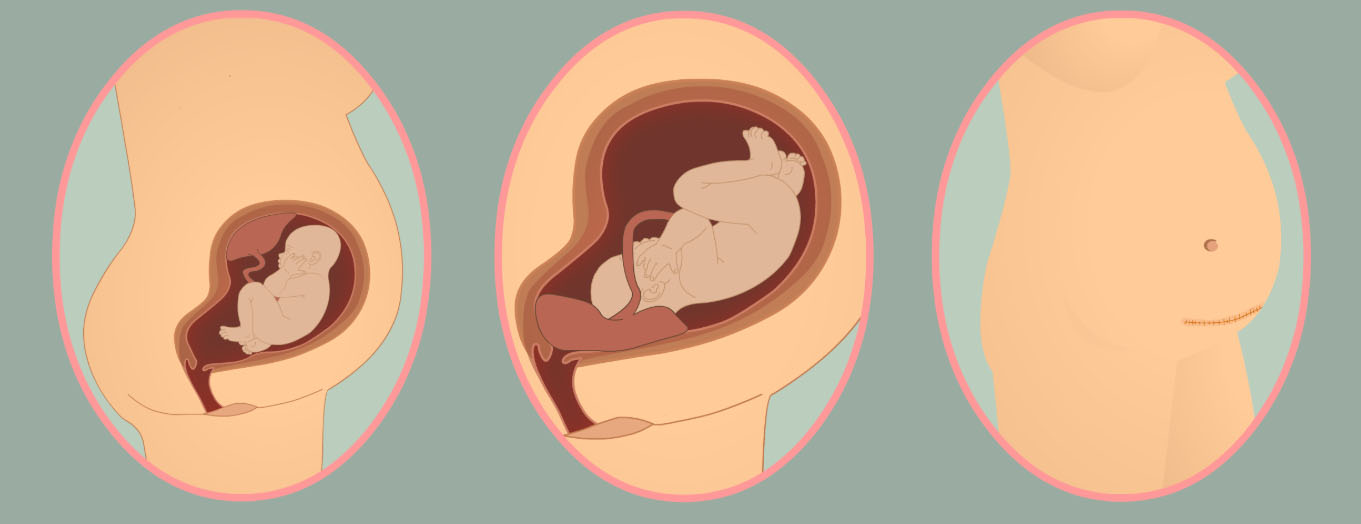
Emergency C-sections can be performed at any stage of labor. Common reasons for emergency C-section include fetal distress (when the baby has heart beat changes in labor), a prolonged labor (when labor is too long) or an obstructed labor (when baby's position or other factors mean vaginal birth is unlikely).
What are the risks of a C-section for the mother?
- Infection is common after C-section. This can include infection of the skin, the uterus and the wound. This is often managed with antibiotics but infection can be severe and very occasionally fatal.
- A longer hospital stay. Women will need time to recover from the surgery and the anesthetic. Usually this is a minimum of 24 hours but on average most women require 4 days in hospital.
- A longer recovery. A C-section is major surgery and recovery takes time. Women will need rest and regular painkillers.
- Bleeding is more common with a C-section than a vaginal delivery.
- Blood clots in the legs or lungs can occur after C-section. These are often managed with blood thinning medications but can be fatal.
- Risk of damaging other body parts such as the bladder, bowel or ureters (tubes that connect the kidneys to the bladder). This is because these body structures all lie close to the uterus during the operation. These may be fixed at the time of the C-section, or need to be repaired at a later date.
- Risk of needing a hysterectomy (removing the womb entirely). This is a rare complication of C-section but it may be necessary to remove the uterus during surgery which would mean the woman would not be able to have any more pregnancies. This is more likely if there is a problem with the placenta.
What are the risks of a C-section for the baby?
- There is a 1 in 200 chance of the baby being cut during the operation. These cuts are usually very small and heal on their own. They usually do not need any stitches or special plasters. This is because the surgeon must use a sharp blade to enter the uterus to deliver the baby.
- Breathing problems are more likely in babies born via C-section – especially if this is before 39 weeks. This is because the lungs are the last body part to mature in babies and the water is not squeezed out of the baby's airways as it would be during a vaginal delivery.
What are the benefits of a C-section?
For some women and their babies, C-sections offer a safer way to deliver their baby.
C-sections reduce the risk of:
- Pain during labor (although there is more pain afterwards).
- Damage to the vagina (e.g. tears).
- Pelvic organ prolapse (the bladder, uterus or bowel pushing against the wall of the vagina). However, CS does not prevent this and the risk is higher from pregnancy alone.
What will the mother feel during a C-section?
Most C-sections are performed under spinal anesthetic. This means your body will be numb from the lower ribs down. You will be able to feel some tugging and pulling but nothing sharp and no pain. You will not be able to move your legs or control your bladder so a catheter (a tube into the bladder) will be put in before the surgery begins.
Occasionally it is necessary to be put to sleep for surgery with a general anesthetic. This may be needed if there is not much time to help the baby or if there are difficulties with giving the spinal anesthetic. If surgery is performed under general anesthetic, you will not be able to feel anything and will only be woken up after the operation has finished.
What happens during a C-section?
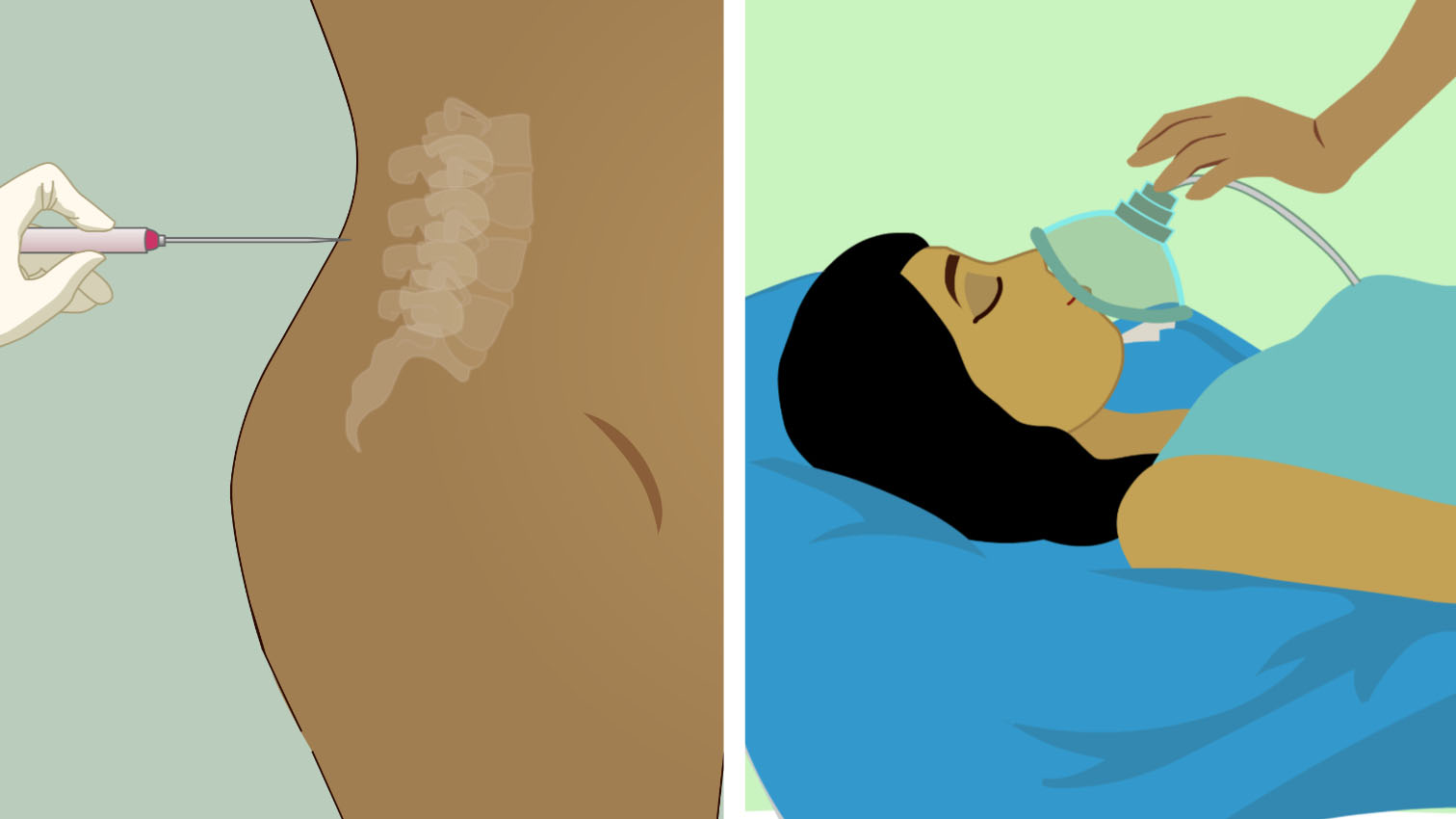
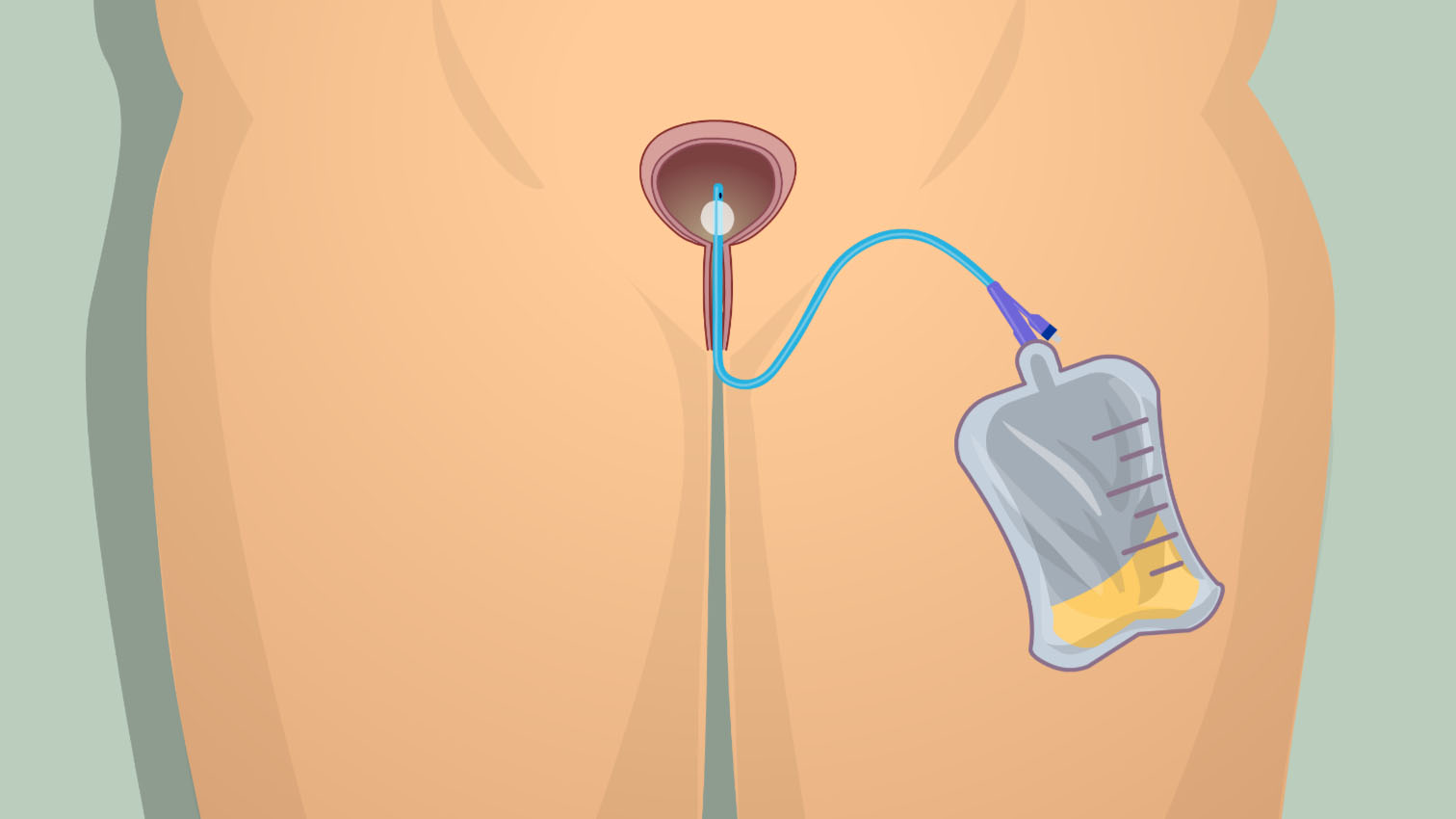
After the spinal or general anesthetic has been given, the mother's abdomen is cleaned for surgery and a catheter inserted into the bladder.
Her tummy will then be draped and a screen raised at the chest so that she cannot see the operation.
The doctor will make a 10–20-cm cut across the lower abdomen and uterus in order to deliver the baby.
During the operation, even with a spinal anesthetic, it is common to feel tugging and pulling, but nothing sharp or pain.
The baby will be born using a lot of pressure which can be very uncomfortable.
If the baby is born well, then the doctor may choose to drop the screen so mother can see baby. If they are poorly they may keep the screen up and cut the umbilical cord in order for the baby to be checked.
The doctor will then deliver the placenta before closing up the wounds in the uterus and the abdomen.
At all stages of the surgery, the doctor will check for and treat any bleeding.
A special dressing will be applied to the tummy wound.
The catheter will remain until mother is able to walk again and get herself to the toilet, at which point the nurse will remove it.
How does mother recover from a C-section?
You will need to stay in hospital for at least 24 hours after surgery but usually for longer.
Painkillers and rest are important.
Because of the scar, you will not be able to lift anything heavier than the baby for at least 6 weeks.
Wound care is very important to prevent infection. This includes good hygiene, cleaning the wound with safe water and protecting the dressing. Your healthcare worker will explain how to care for the wound before you go home.
Some stitches will dissolve, however, some will need to be removed by a doctor or nurse at a later time. Ask your doctor which type of stitches you had.
You will still be able to breastfeed your baby after a C-section
Does a C-section affect future pregnancies?
If you have a C-section, this leaves a scar on the uterus which will last for life. This scar means that future pregnancies will be riskier.
It is recommended not to have another pregnancy for at least 1 year after a C-section to allow your body to recover.
Most women who have only one c-section would be able to try for a vaginal birth next time, however, this must be discussed with your doctor.
C-sections can lead to problems with the placenta in future pregnancies. The placenta might be too low or it tries to grow through the scar made by the previous C-section.
There is a risk of the scar rupturing (breaking apart) in future pregnancies or future labors. This is very risky for mother and baby and can lead to extremely heavy bleeding or even death of mother and/or baby.
It is very important to give birth in a healthcare facility if you have had a C-section in the past.
What should I do if I think something is wrong after a C-section?
You should speak to your doctor or nurse immediately if you are worried about something. Common reasons to return to the healthcare worker are:
- heavy or smelly vaginal bleeding
- feeling unwell or developing infection
- a swollen leg or breathlessness
- bleeding or infection of the wound
A C-section is a common way that babies are born. There are some serious risks and complications but these are rare. Most women and babies recover very well.
The authors of this CESAREAN SECTION program are:
- Dr Emily Sanders, Warrington and Halton NHS Trust, UK
- Dr Soha Sobhy, University of Birmingham, UK
The Welfare of Women program has been created under the General Editorship of Dr Kate Lightly, University of Liverpool, UK and is overseen by an expert International Editorial Board
The publishing reference for this program is: DOI 10.3843/GLOWM.w10061
The Welfare of Women information program is an attempt to provide women everywhere with access to reliable information about key health issues that may be relevant to them. Information is offered at three separate levels which women may select according to their preferences; firstly, short video animations with voice commentary, secondly, more detailed text-based descriptions, and thirdly, links to recommended further reading. With the animated videos, women can also select the images that they feel most comfortable in viewing from a short range of very generalized and non-specific ethnicity options. Because of the special programming used, both the videos and the text information can – when authorized – be translated into any language in a simple and rapid manner.
Recommended links for more comprehensive and detailed reading
The following websites provide more comprehensive and extensive information on this topic, which is both reliable and strongly recommended for readers who want to learn more than the details provided above:
WHO statistics on CS
https://www.who.int/news/item/16-06-2021-caesarean-section-rates-continue-to-rise-amid-growing-inequalities-in-access
NHS information on CS
https://www.nhs.uk/conditions/caesarean-section/#:~:text=Recovering%20from%20a%20caesarean%20usually,painkillers%20to%20help%20with%20this
RCOG considering a CS birth leaflet (?available in many languages)
https://www.rcog.org.uk/for-the-public/browse-our-patient-information/considering-a-caesarean-birth/
WHO article explaining CS riskier in developing countries – including risk of death
https://www.who.int/news/item/28-03-2019-deaths-from-caesarean-sections-100-times-higher-in-developing-countries-global-study
Going home after a CS – from Mount Sinai – also has video and bullet points
https://www.mountsinai.org/health-library/discharge-instructions/going-home-after-a-c-section
CS step by step – pictures showing all steps of a CS From OG magazine
https://www.ogmagazine.org.au/18/4-18/caesarean-section-step-step/
Resources the author(s) used in preparing this guidance
WHO article on CS rates
https://www.who.int/news/item/16-06-2021-caesarean-section-rates-continue-to-rise-amid-growing-inequalities-in-access
Tommy's Charity information on CS
https://www.tommys.org/pregnancy-information/giving-birth/caesarean-section/c-section-benefits-and-risks
NHS website on CS
https://www.nhs.uk/conditions/caesarean-section
RCOG leaflet on CS for patients
https://www.rcog.org.uk/for-the-public/browse-our-patient-information/considering-a-caesarean-birth/

